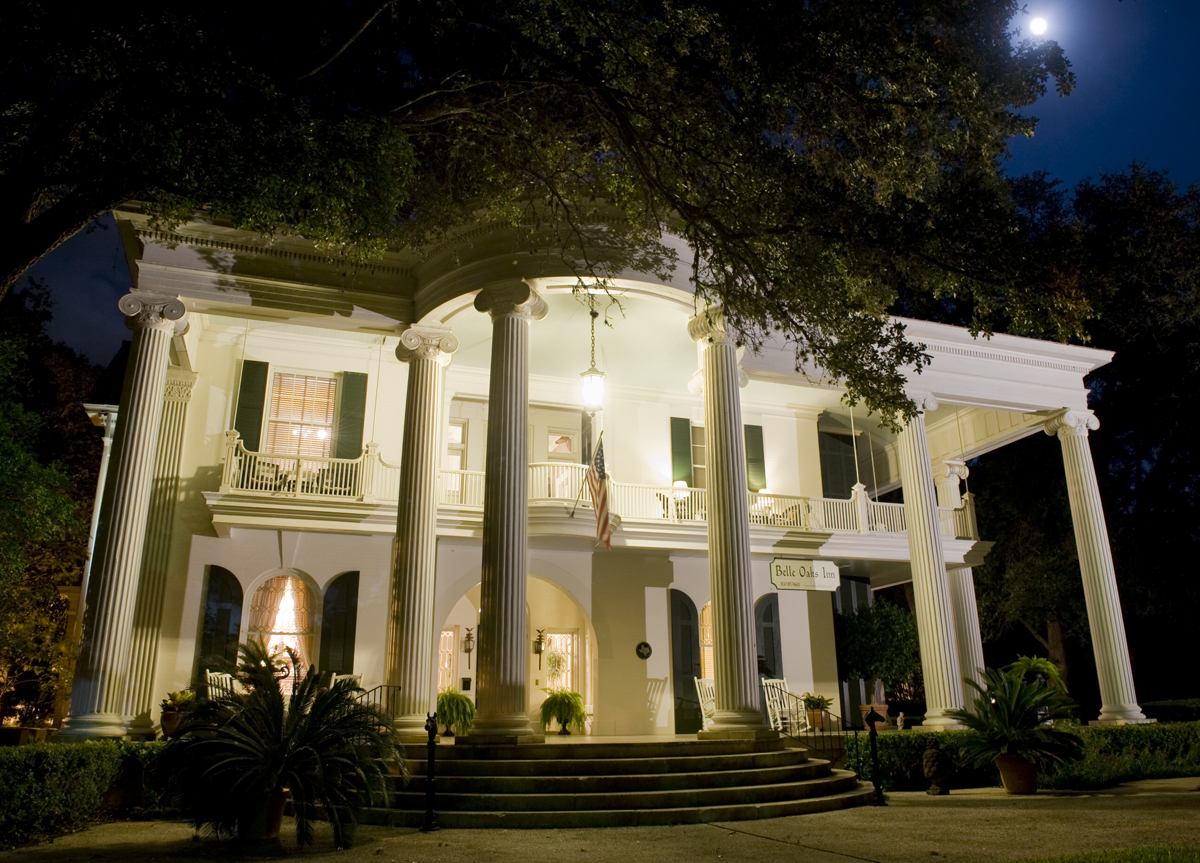
If you haven’t noticed, I love my state! Texas is in my blood. My family has been here for over six generations – on both sides.
I’ve heard a tale or two about Texas history, and I thought I knew all about the Battle of Gonzales and the “Come and Take It” mantra. Turns out there’s always more to learn about the toughness of Texans.
I arrived in Gonzales around 4 p.m. on a Tuesday. I was lucky enough to get a room (due to a last minute cancellation) at Belle Oaks Inn. (Pictured at the top of the post.) This historic home was built in 1912 by banker C.E. Dilworth. It’s had quite the history over the past 100 years, but then it landed in the hands of current owners Richard Tiller and Clint Hille.
From the moment you step on the property you can tell it’s something special. Richard and Clint have done an outstanding job at restoring and maintaining the house and the surrounding gardens.
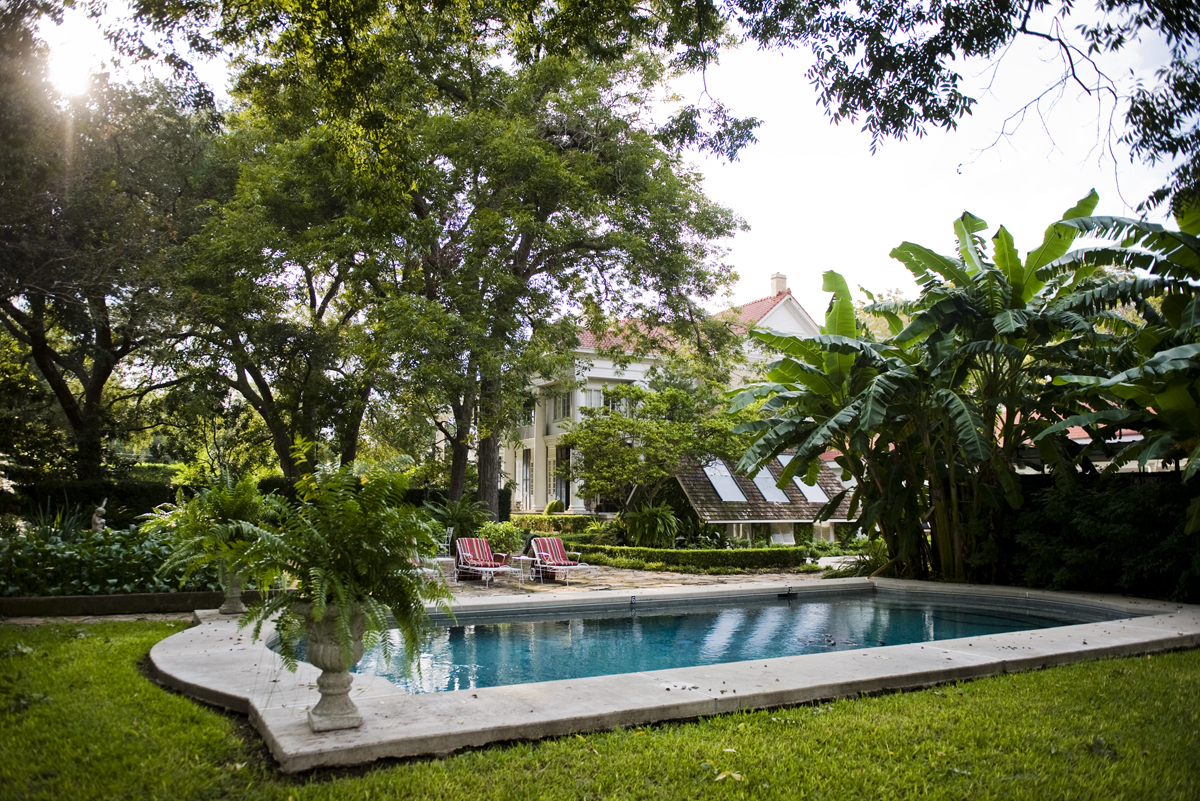
After I was given the history and tour by manager Michelle, I settled in to the Hunt Room. Michelle turned down my bed and left me a home made pumpkin oatmeal cookie and a lovely note.
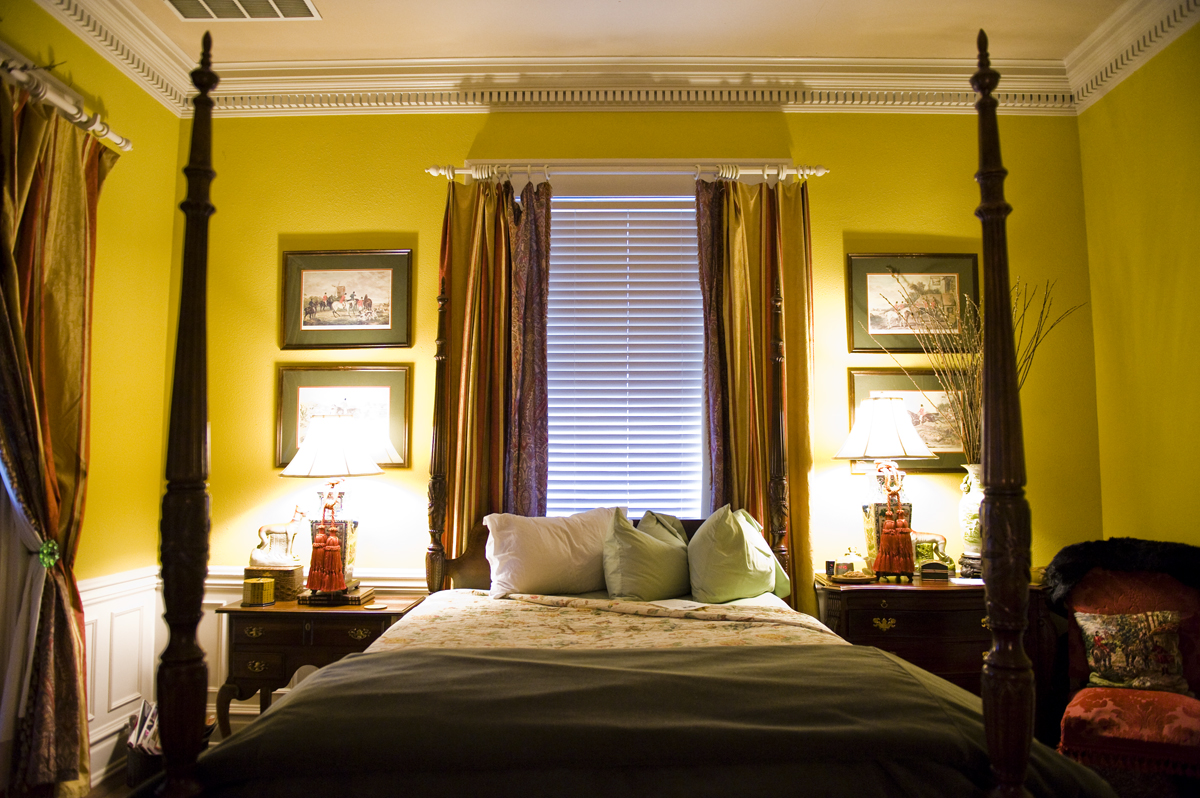
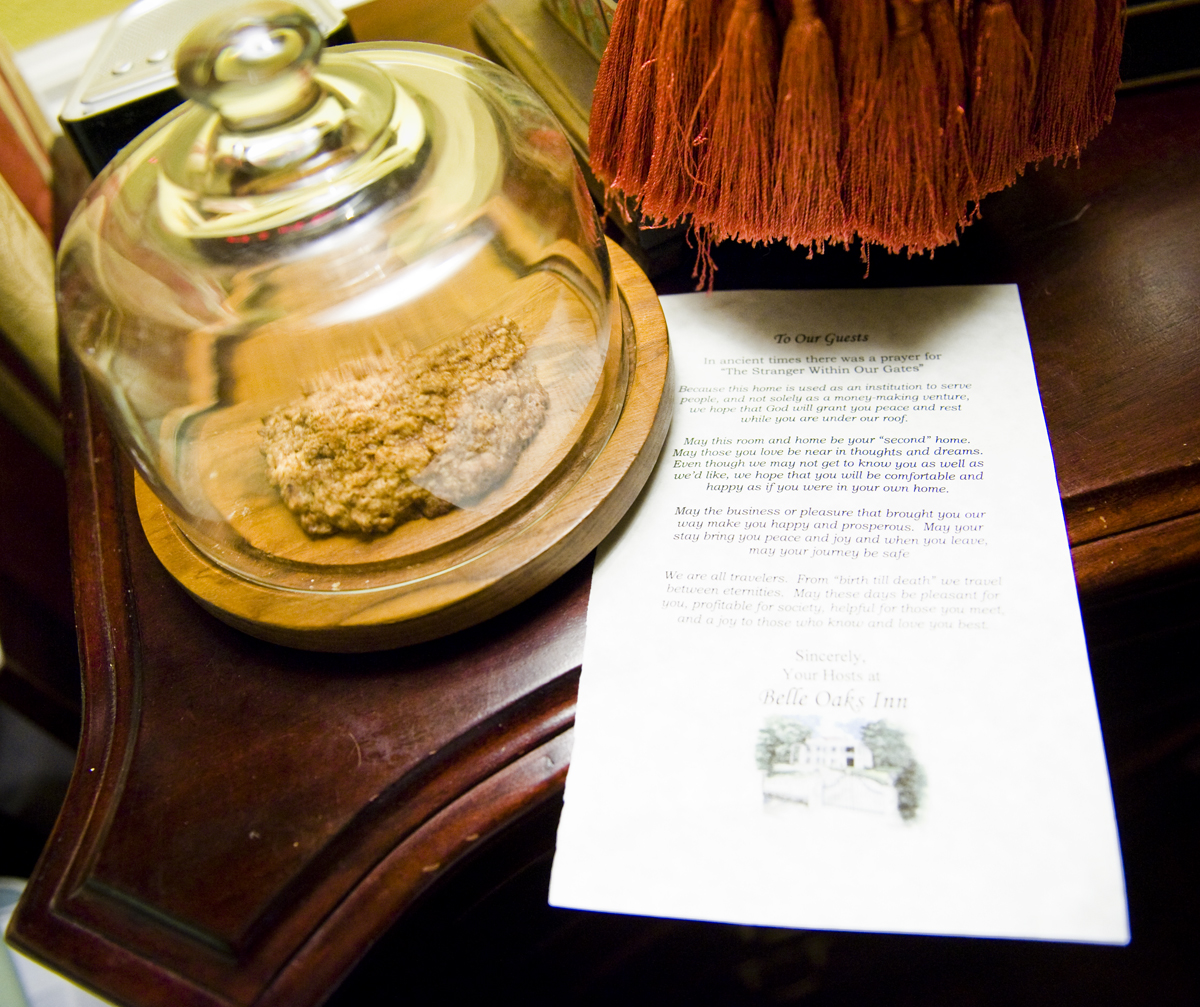
I walked around the property a bit and snapped a few photos, then took advantage of the pool.
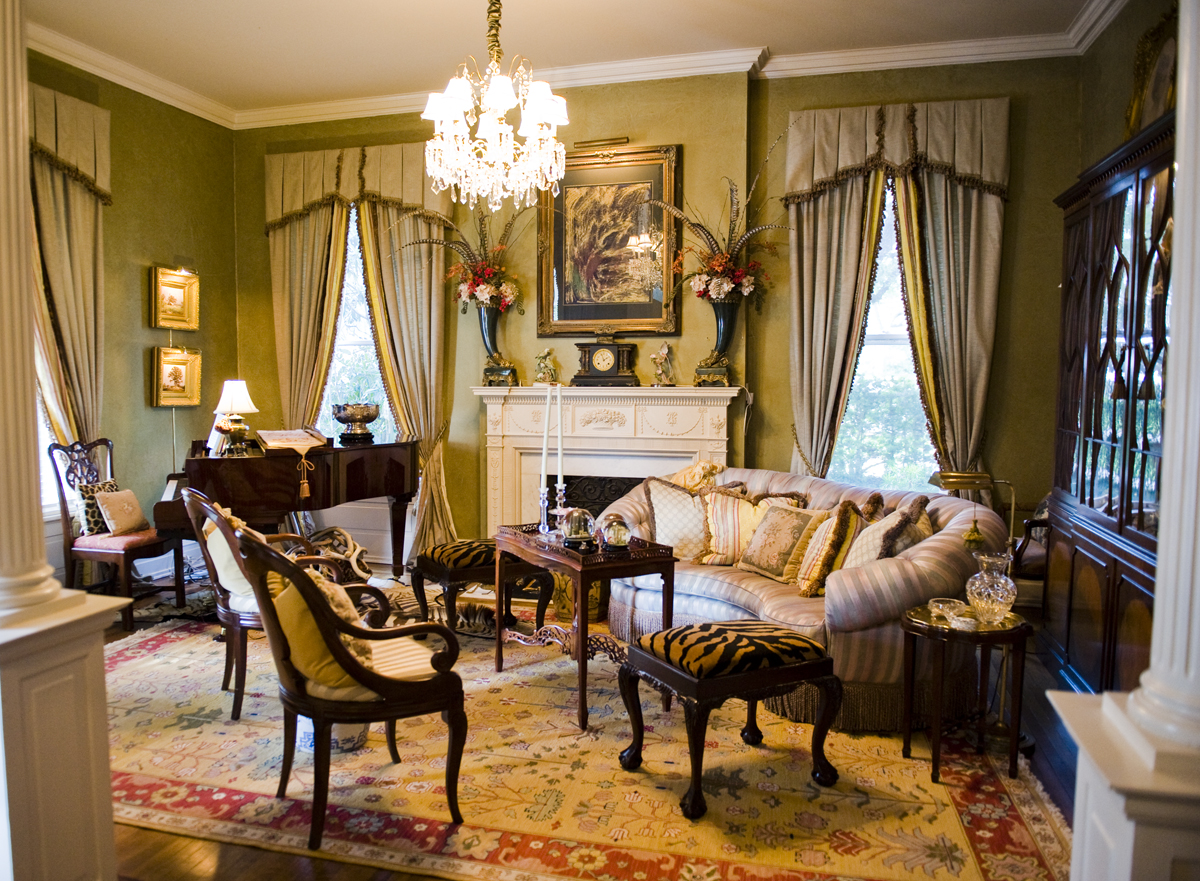
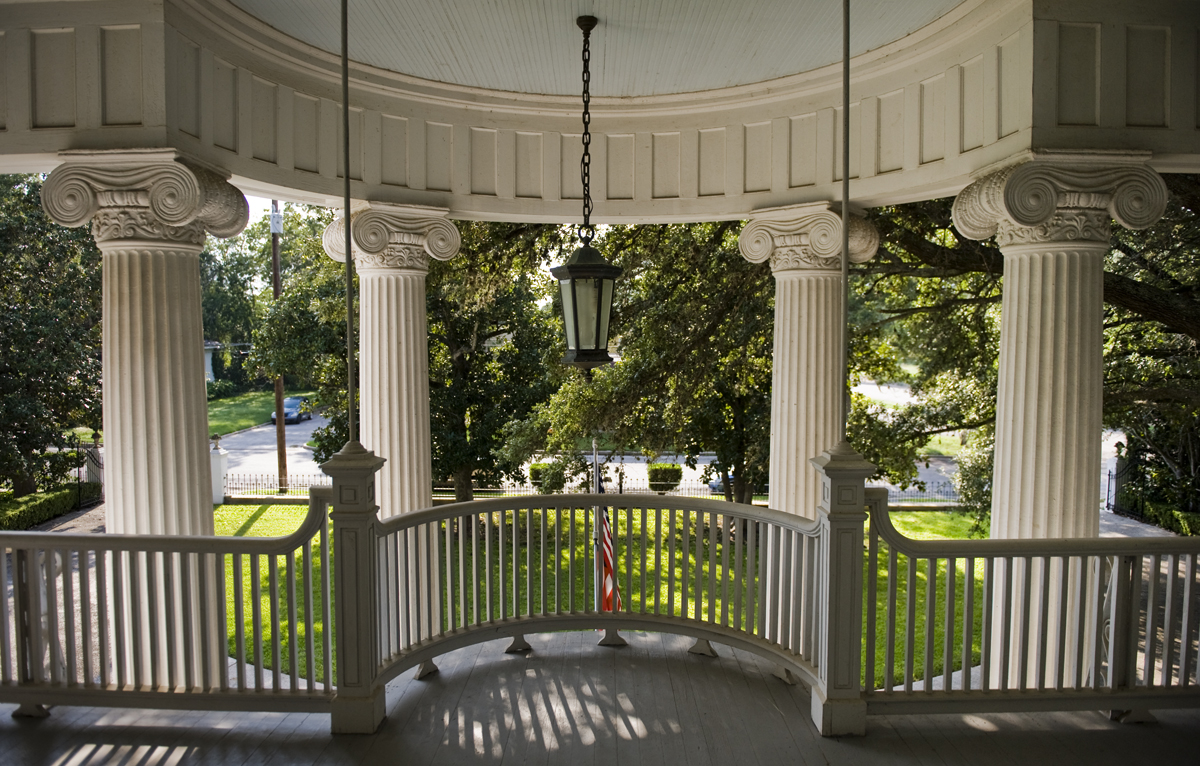
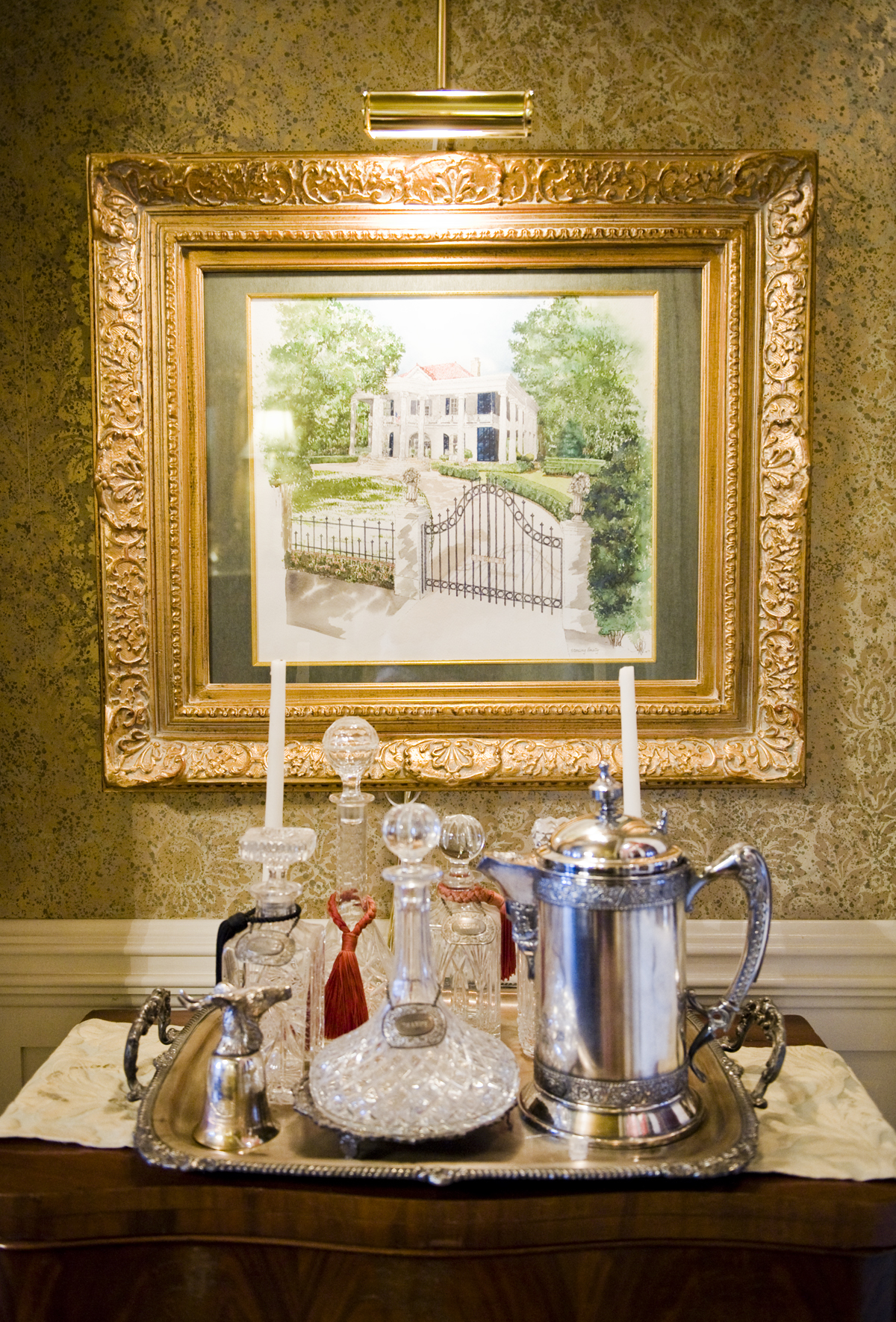
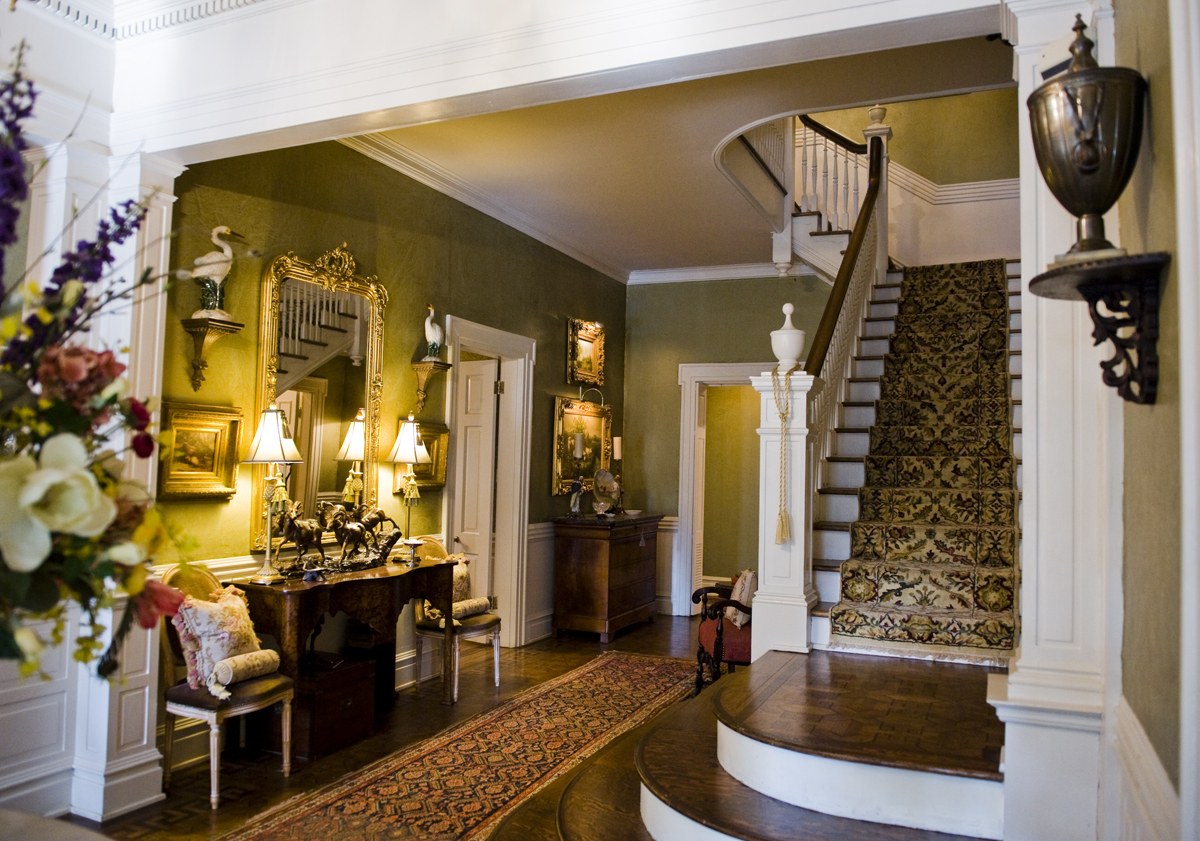
It was hot and humid due to storms in the area, but the pool took the edge off before dinner.
I drove a few blocks to the Running M Bar & Grill. It’s an American restaurant down town. I had coconut shrimp, a baked potato and a salad. It was good, but nothing to write home about.
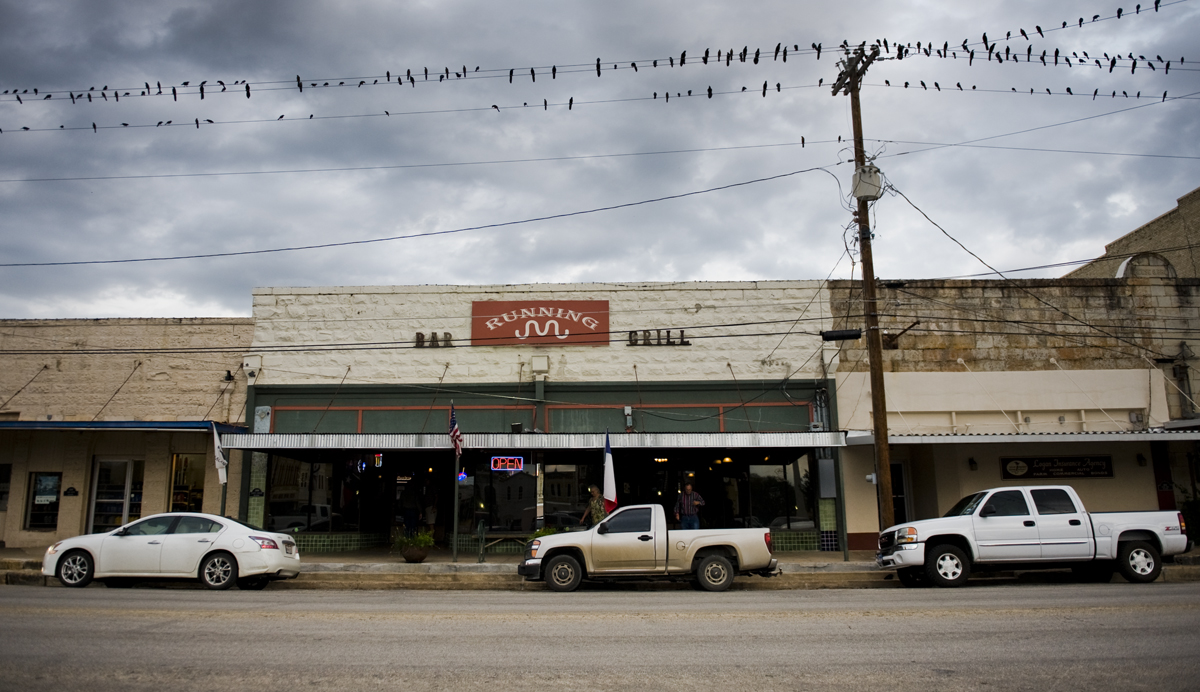
The square (Confederate Square) is rather picturesque, though. There’s a statue in the middle that honors soldiers who were killed while serving in the Confederate Army during the Civil War. The legend is that the statue originally faced south, but people thought it looked like the soldier was retreating, so they turned him around. Now he faces north, looking for Union troops.
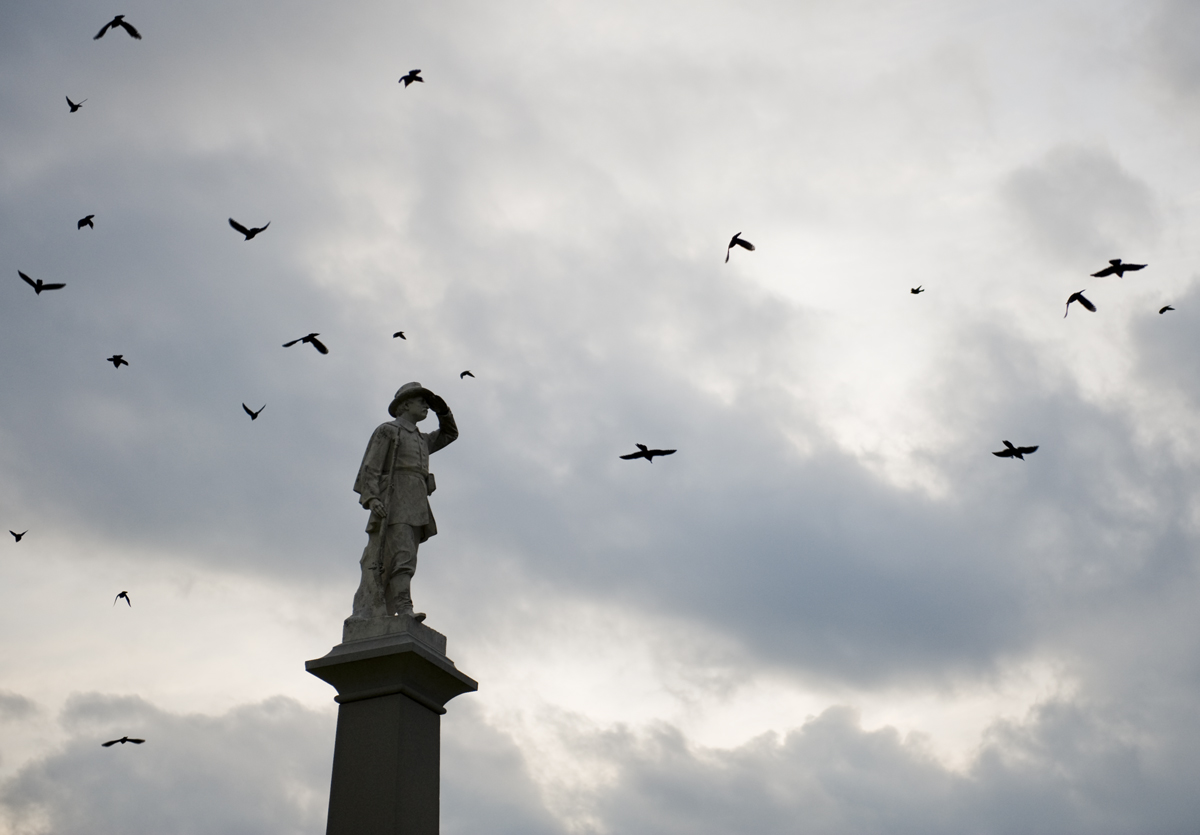
After dinner I returned to Belle Oaks to relax and get some rest before my morning appointment.
I woke on Wednesday to dark, rainy weather. I got ready, packed up my things and went down stairs for breakfast, which included self-serve, home made biscuits and gravy, fruit, baked sweet bread, jams, tea, coffee and juice. Everything was delicious.
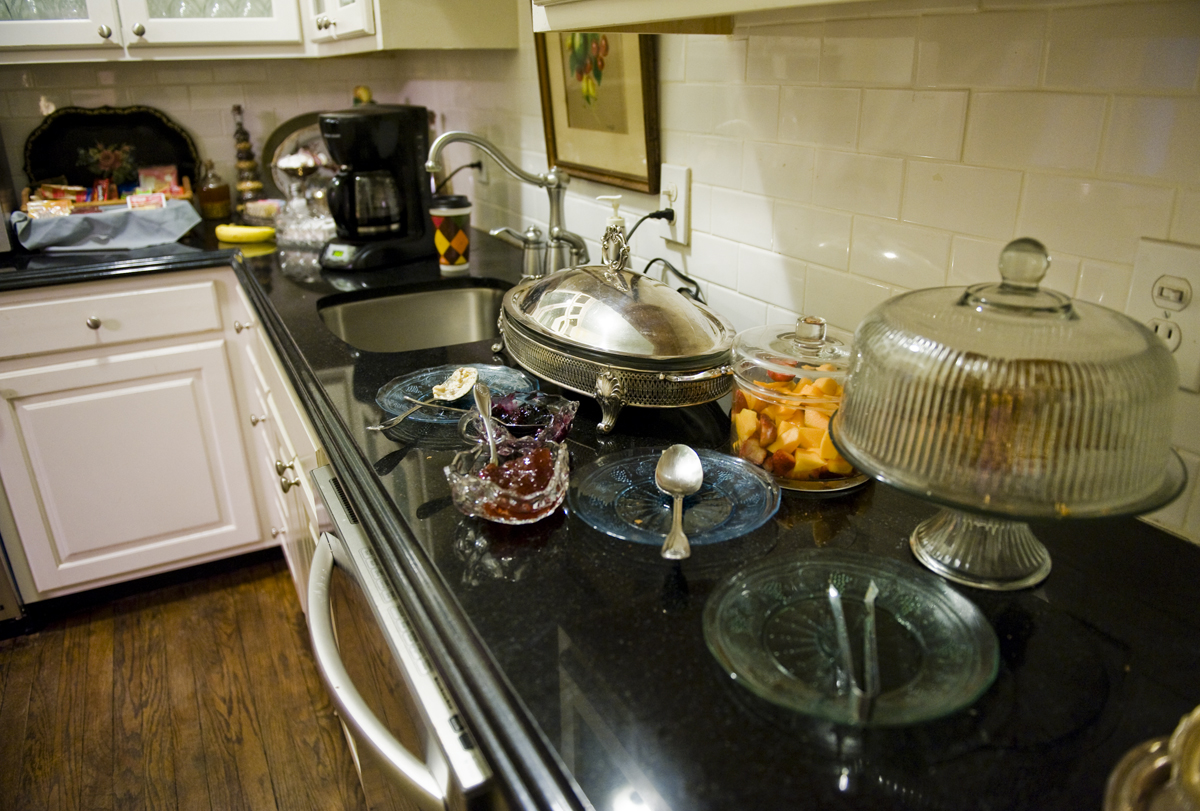
After breakfast, Michelle arranged a special treat. She had local historian Paul Frenzel come by to give me a history lesson and tour of the town.
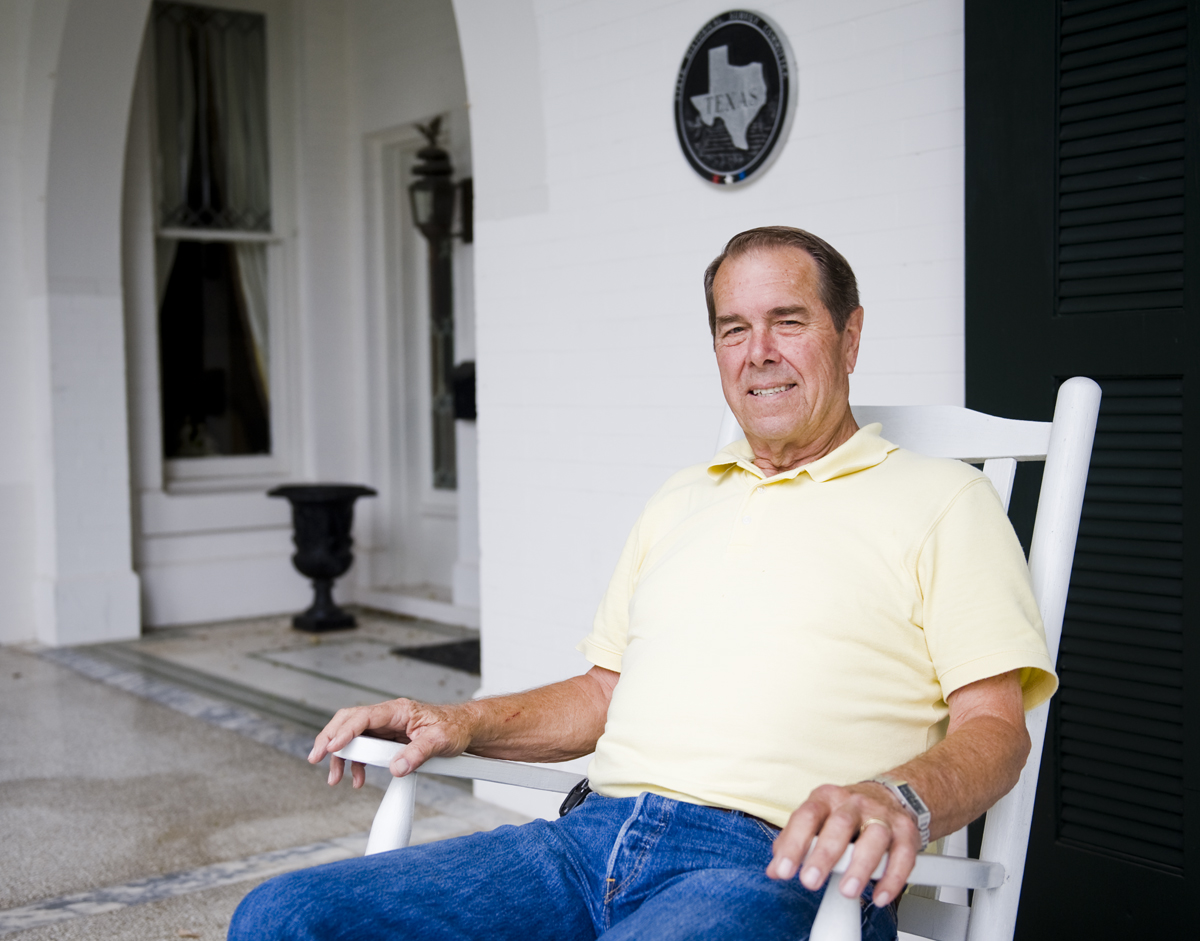
Paul knows his stuff. He sat down with me in the library and told me about Gonzales. I’ll do my best to give you a brief rundown.
In the early 1800s, settlers came to Texas because of a land grant, which offered a lot of land for very little money, if they were willing to come and brave the elements. In 1825, the town got it’s name when Empresario Green DeWitt named his colony after Rafael Gonzáles, governor of Coahuila y Tejas.
The settlers were having problems with attacks by Native Americans and they asked the Mexican government for a canon to scare them away. The request was granted with a small canon, less than three feet in length, with a barrel about 2-3 in. in diameter. Meanwhile, Texas settlers and the Mexican government had disagreements over where the border lines were being drawn, so about 100 Mexican soldiers were sent to Gonzales to take back the canon.
The 18 men who were in Gonzales when the Mexican soldiers arrived weren’t about to give up their most effective tool against attacks, so it’s said they buried the canon in a field for safe keeping and called on men from the surrounding area to come help. John H. Moore led a confrontation against the Mexican troops and flew a flag made by Sarah DeWitt. It was crafted from her daughter’s wedding dress and it displayed a drawing of the canon and the words, “Come and Take It.”
The first shots fired on October 2, 1835 in Gonzales were the first of the fight for Texas independence, and the resulted in the retreat of the Mexican army.
I’ll let you fill in the rest of the story, which includes the fall of the Alamo and the Runaway Scrape (I’ll get to that in a minute), followed by other battles that ultimately led to Texas winning their independence from Mexico. (Click here to read what Wikipedia has to say about Texas history.)
After our chat, Paul drove me around town, pointing out various historical markers, museums, notable areas and a fantastic collection of historic homes. The list included his own home, which was built in 1897 by J.W. Bailey.
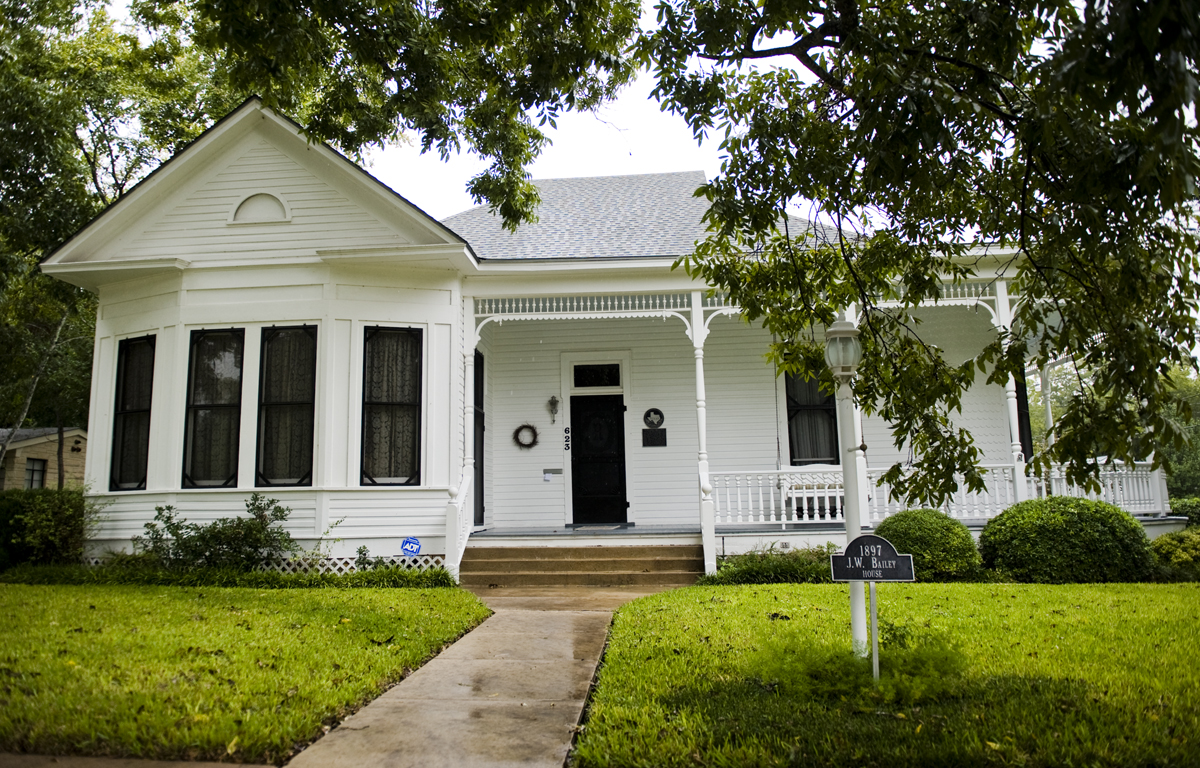
It was raining throughout our entire tour, so I didn’t get out to take many photos. There are many many homes in town that date back to the turn of the century. Paul’s wealth of knowledge about all of them was incredibly interesting. If you’re ever in Gonzales, make sure to give Paul a call at 830-672-6532. He’d be happy to give you the tour!
He dropped me off back at Belle Oaks and I went in search of some lunch. I ended up at the Gonzales Food Market for some BBQ. It’s a BBQ restaurant combined with a grocery store. There was a long line for food on a rainy Wednesday, which is always a good sign. I had brisket, mac and cheese and pan fried potatoes. I can’t speak for the sausage, ribs, chicken or any of the other sides, but everything I had was great.

After lunch I still had a lot I wanted to do. The rain had slowed a bit, so I went back to some of the more interesting places from Paul’s tour.
First up was the old jail. It was built in 1887 and was still in operation until 1975. When I heard that, I couldn’t believe it! Inside it looks positively medieval. The historical commission just took over about six months ago and they’re working on restoring it and making it in to a museum. It’s open now and I was able to walk through most of it.
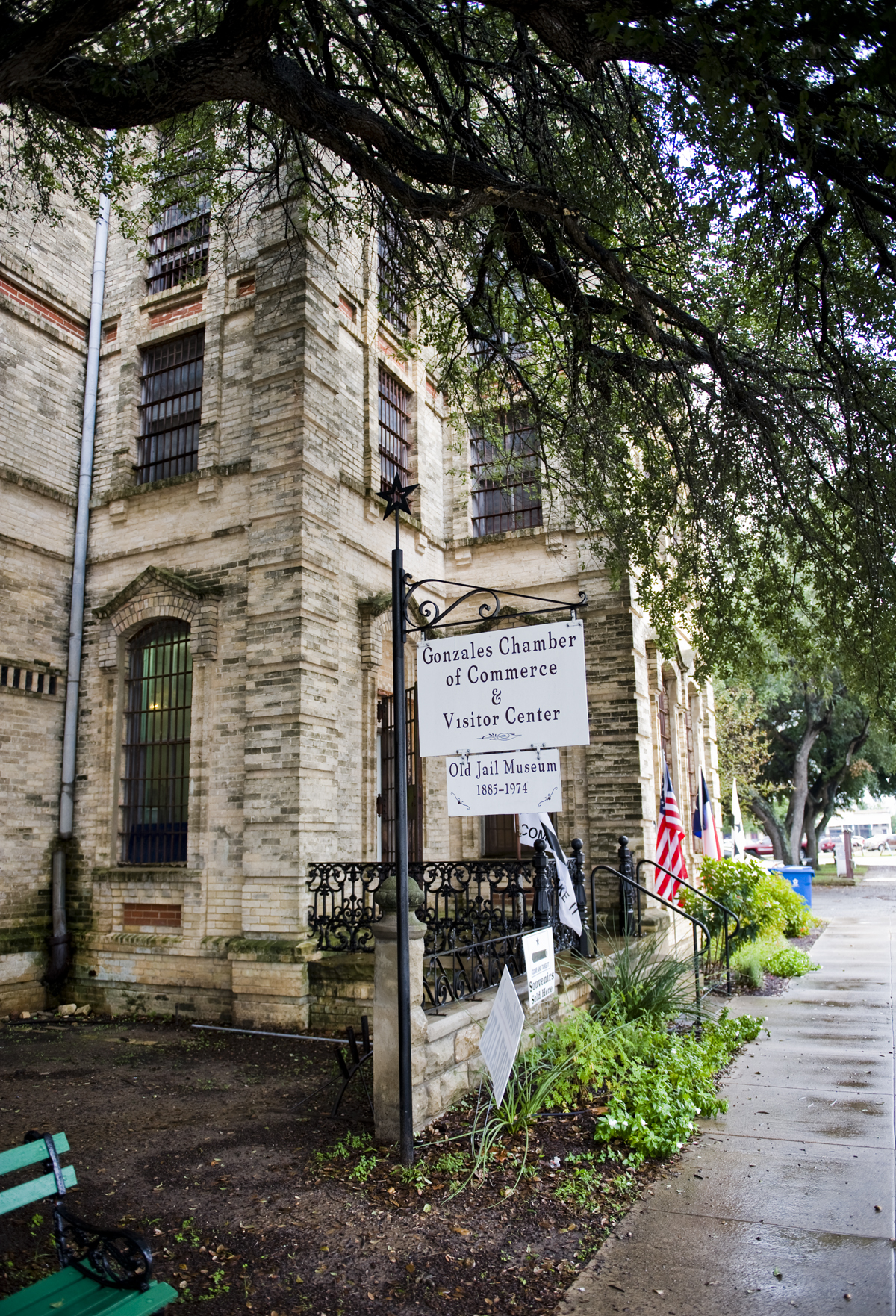
The first floor contained offices and living quarters for the jailer and sheriff, along with a holding cell and a dungeon, which was closed due to renovations.
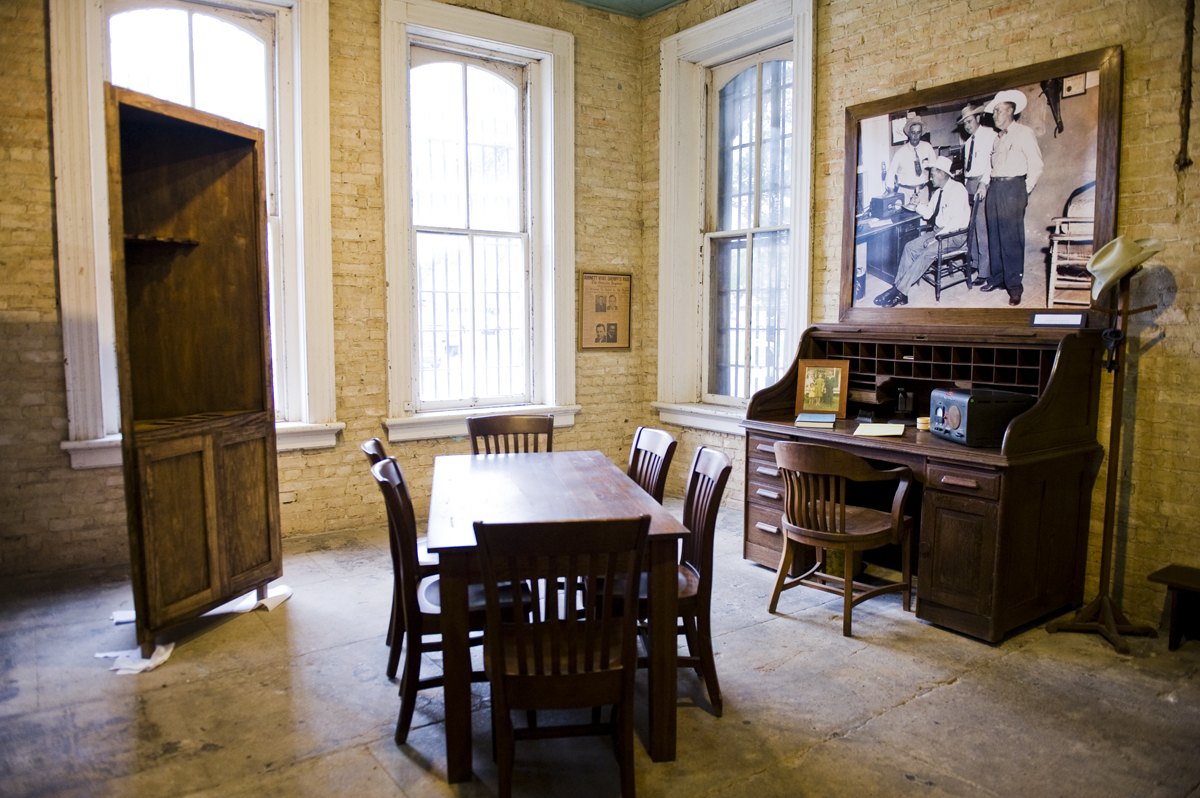
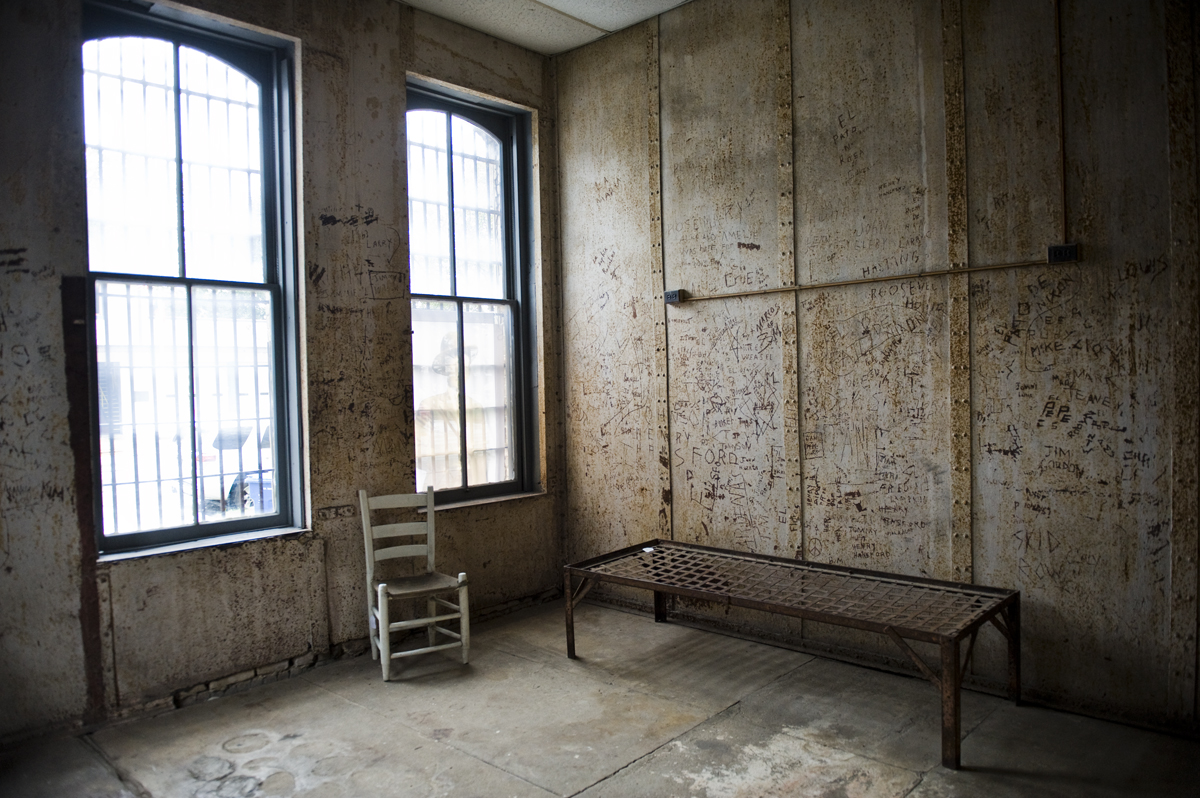
The upper two floors contain cells and a gallows. There are names and dates etched in walls and in the paint on cell bars. Some of them are from vandals who broke in while the jail was vacant, but others include dates like 1969 or 1954. Those were surely left by prisoners.
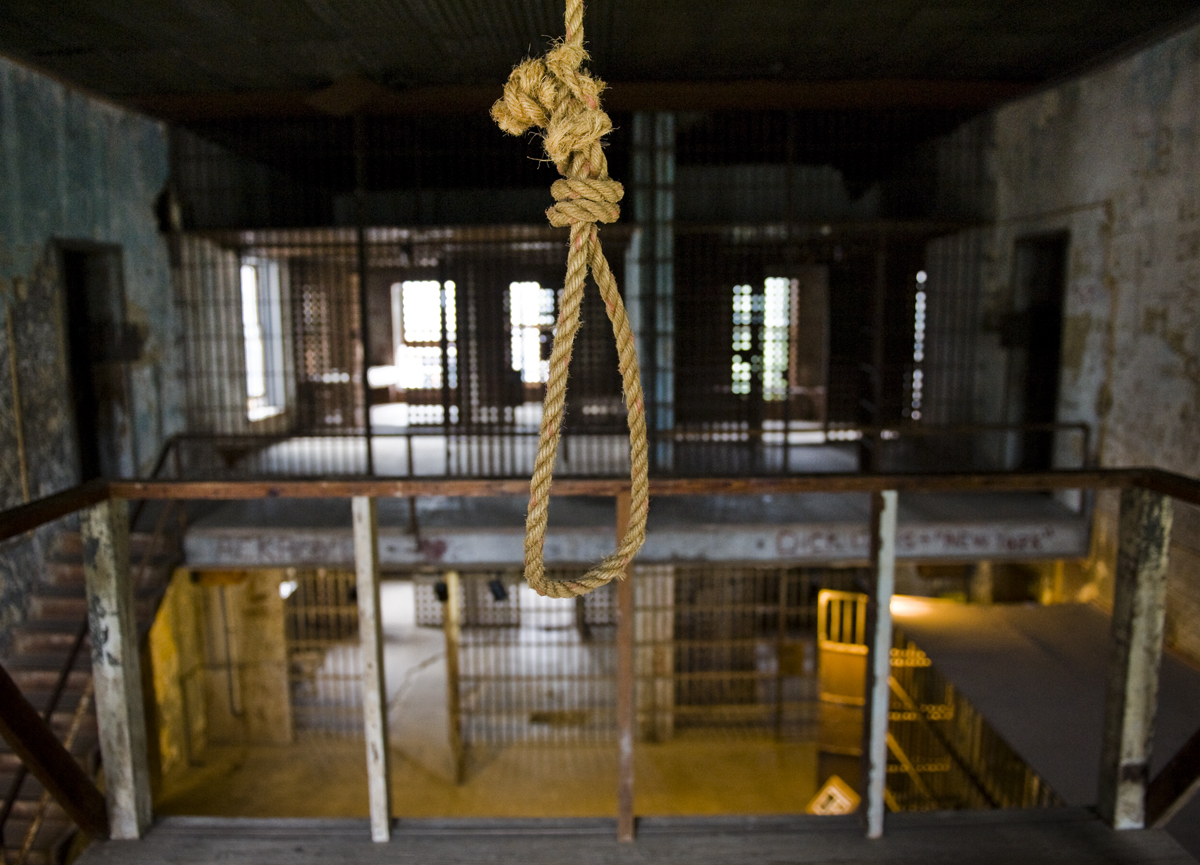
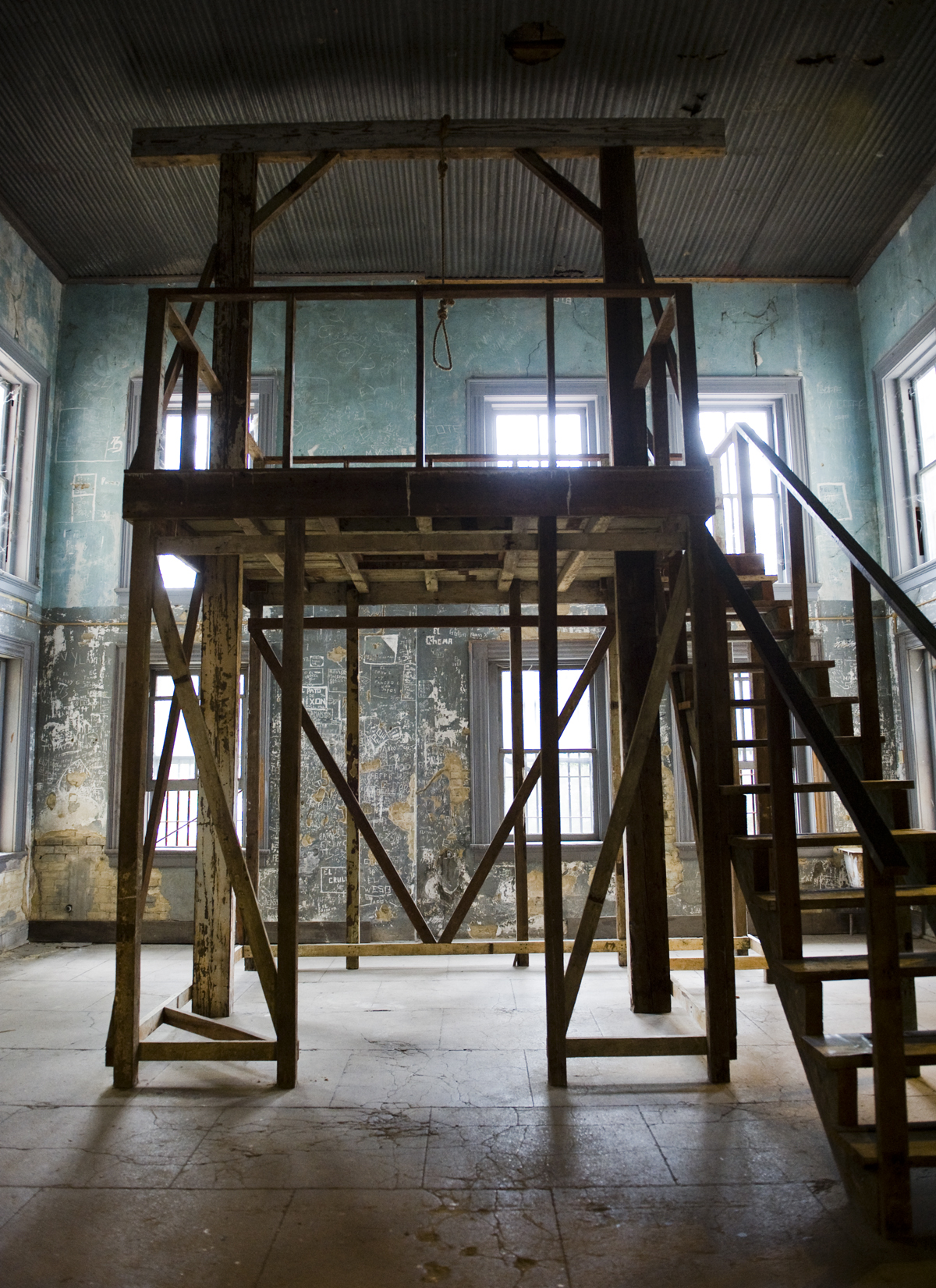
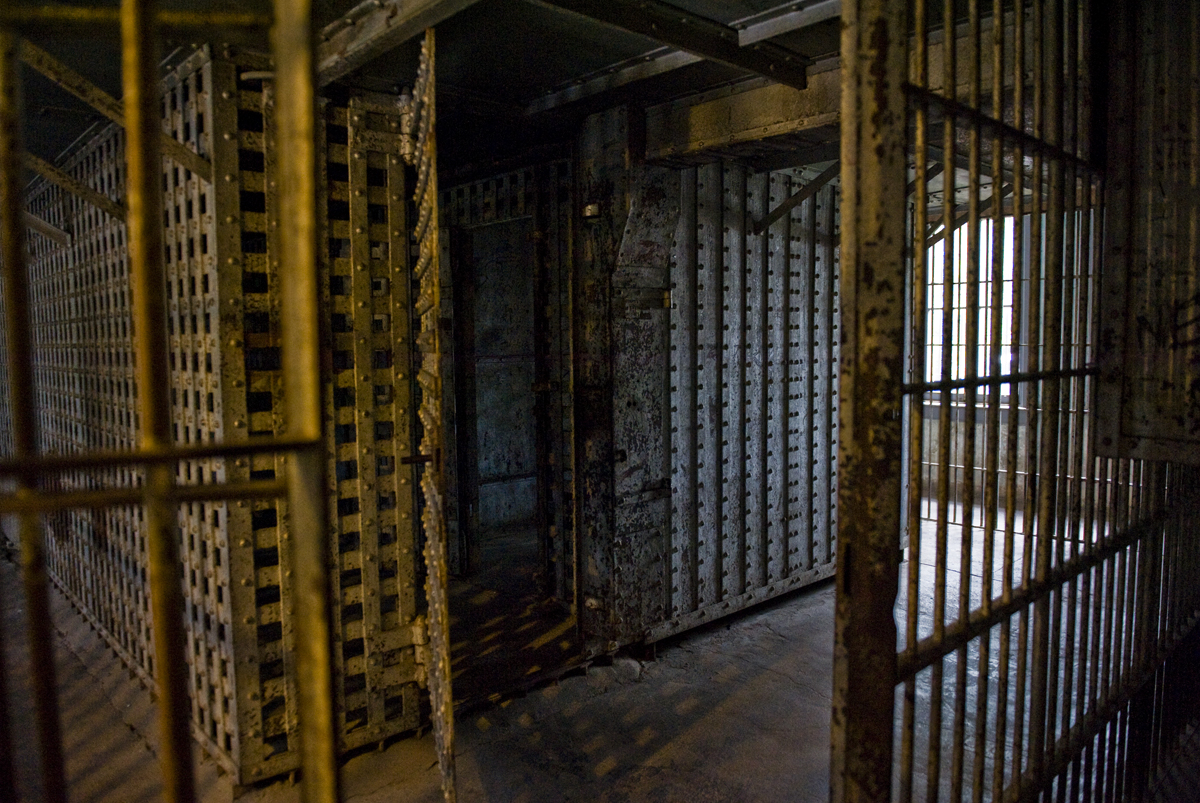
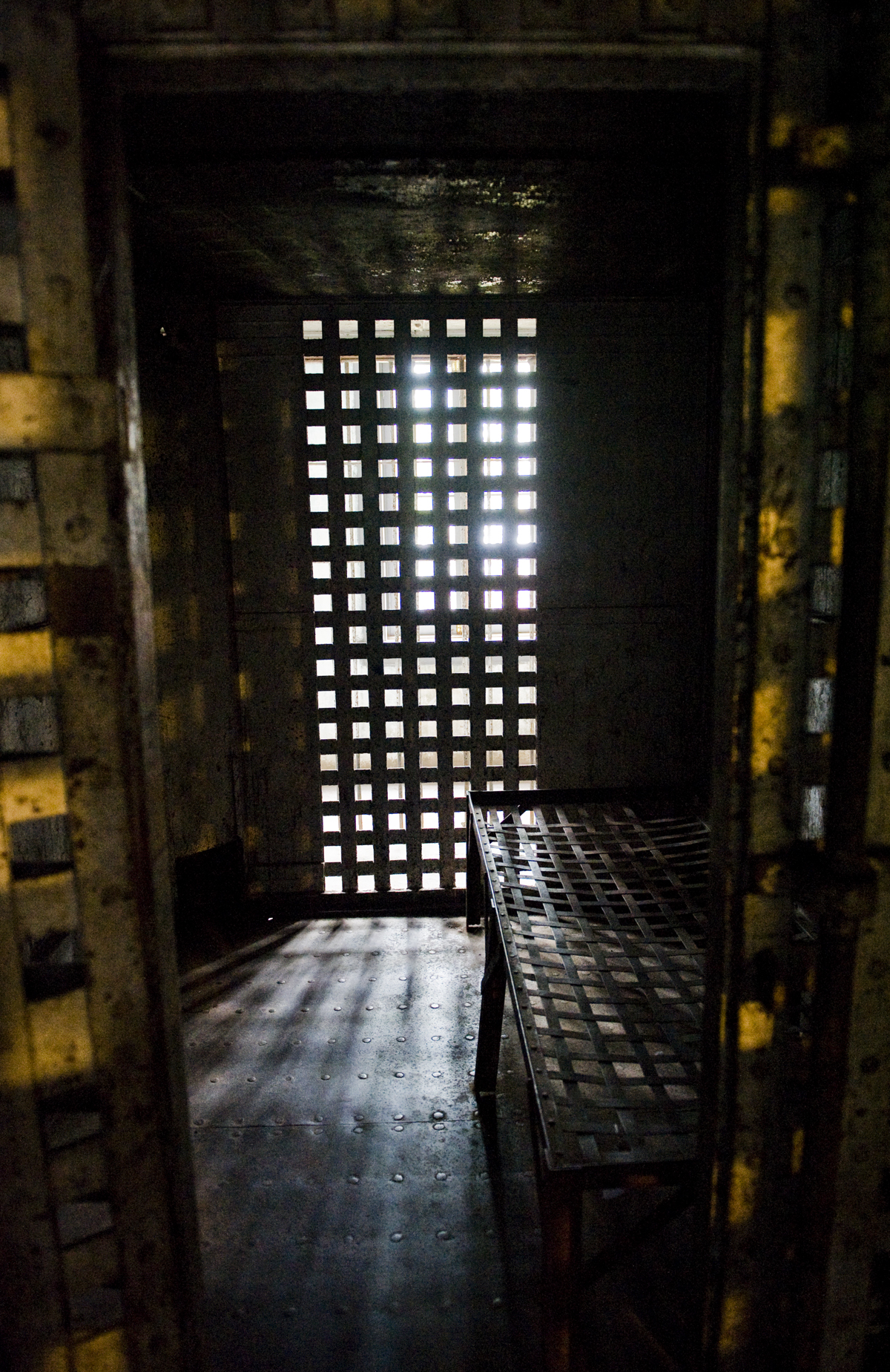
The tour guide said various ghost hunters have been through, which isn’t surprising. I was left alone upstairs for a while to walk around and take photos, but I never got an uneasy feeling, not even inside the cells. I guess the ghosts weren’t interested in toying with me that day.
The jail is right next to the courthouse, which has also recently been restored. I tried to go inside, but the door was locked.
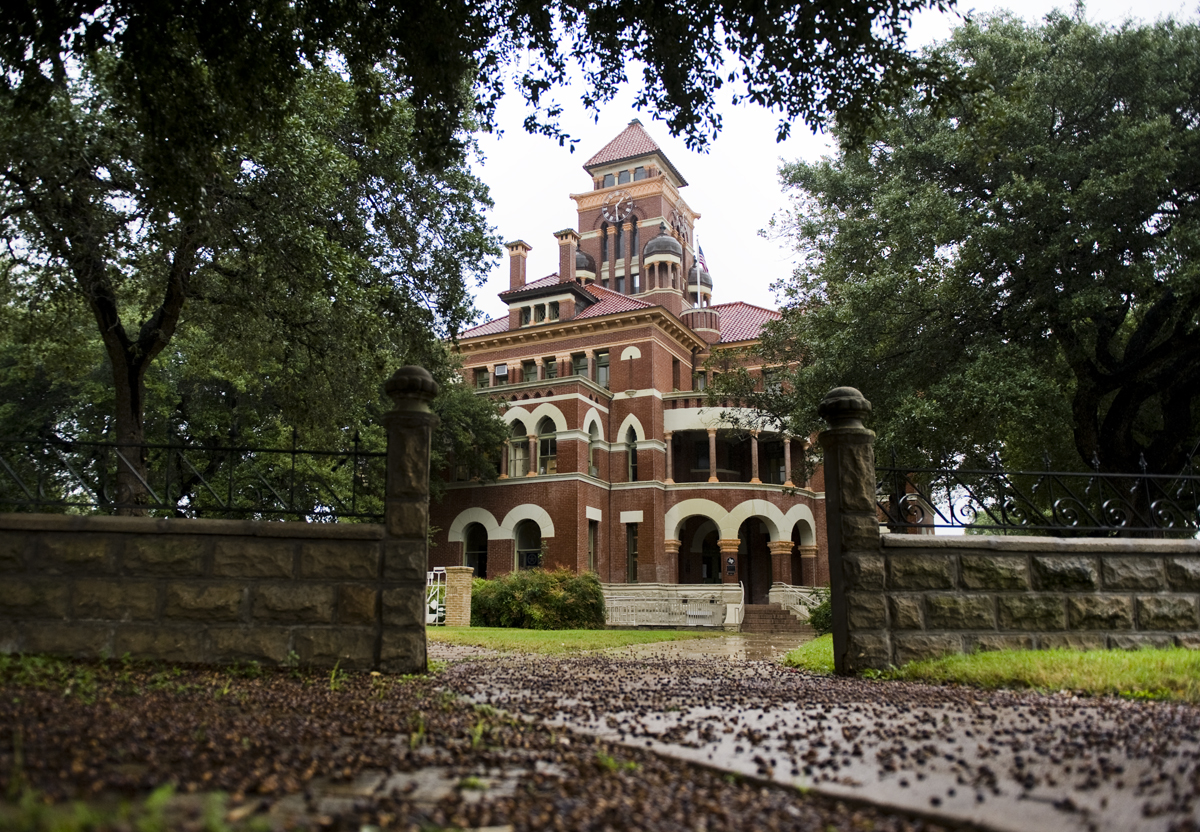
My next stop was the Horace Eggleston house. It was built in 1845 near the Guadalupe River (which runs on the west edge of town) and was moved to a park east of town in the 1950s. It’s the oldest house in Gonzales and it’s two rooms are set up with furniture and mannequins. It takes about 15 minutes to look through.
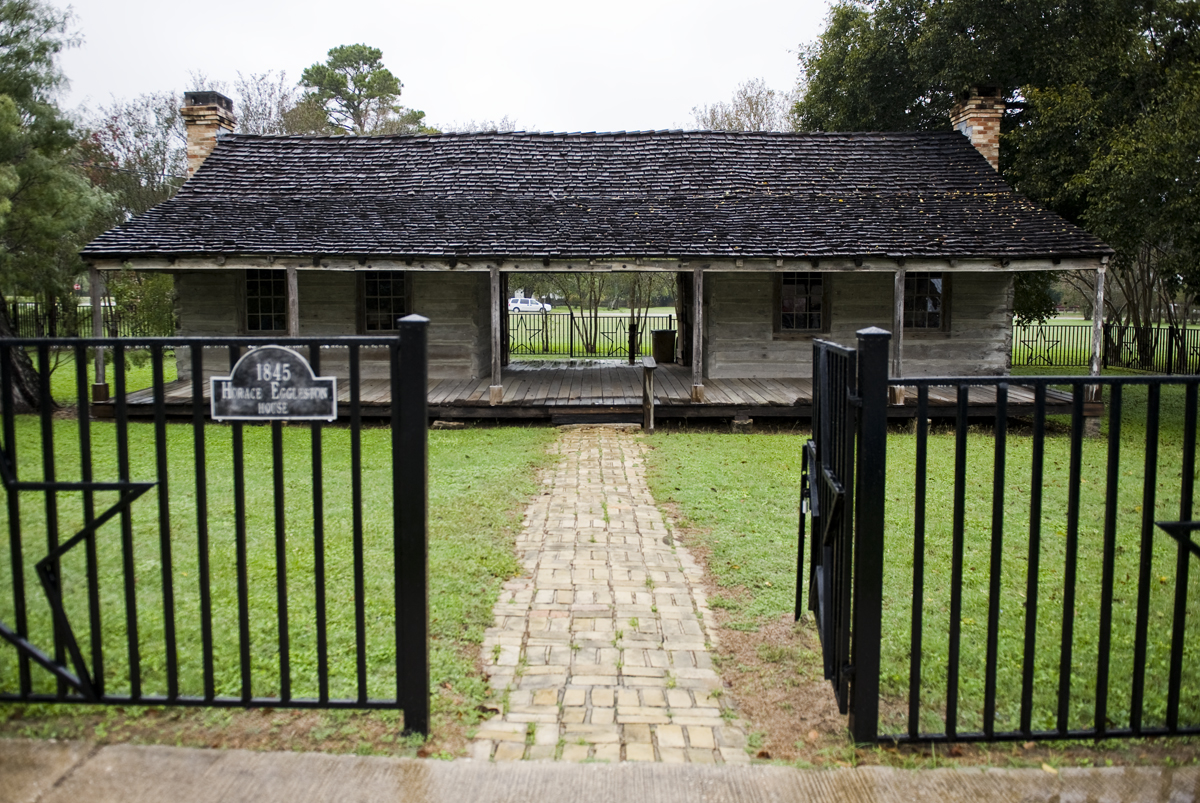
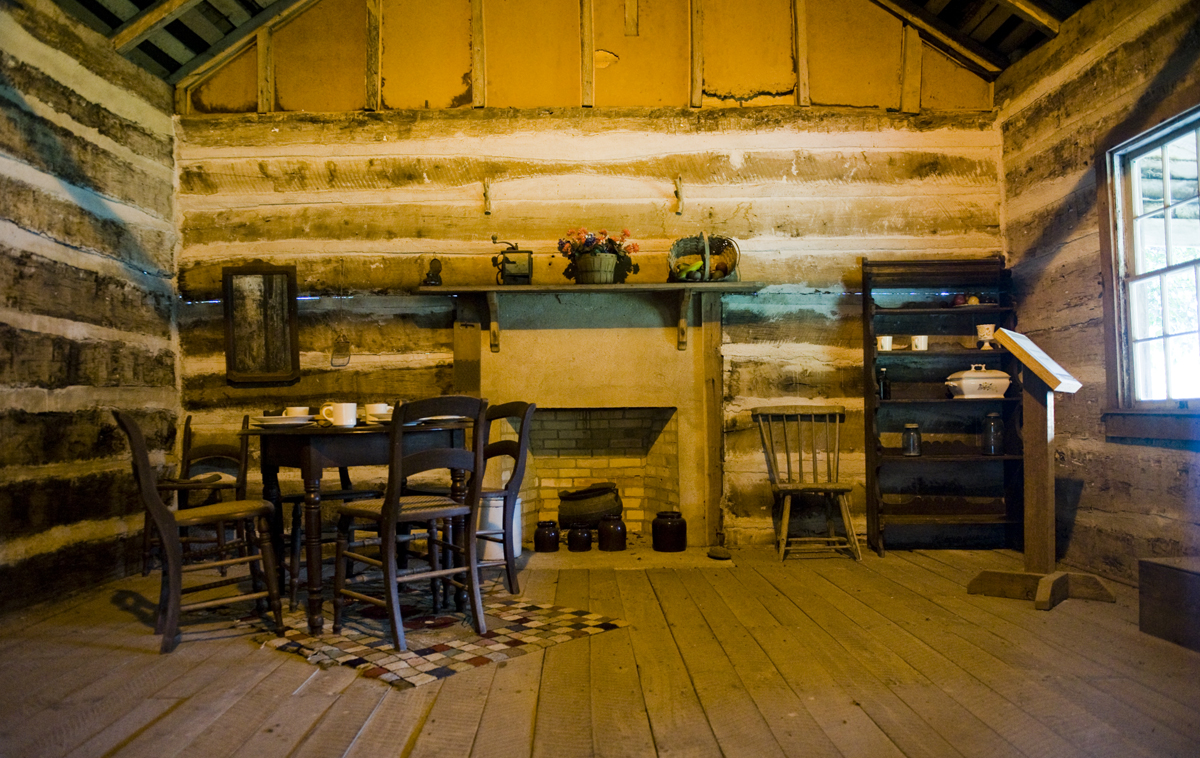
On the edge of that park is the Gonzales Museum. This small museum doesn’t take long to look through, but it’s worth going because that’s where they keep the original Come and Take It canon. It also features other various artifacts like clothing, tools, military items, photographs, etc.
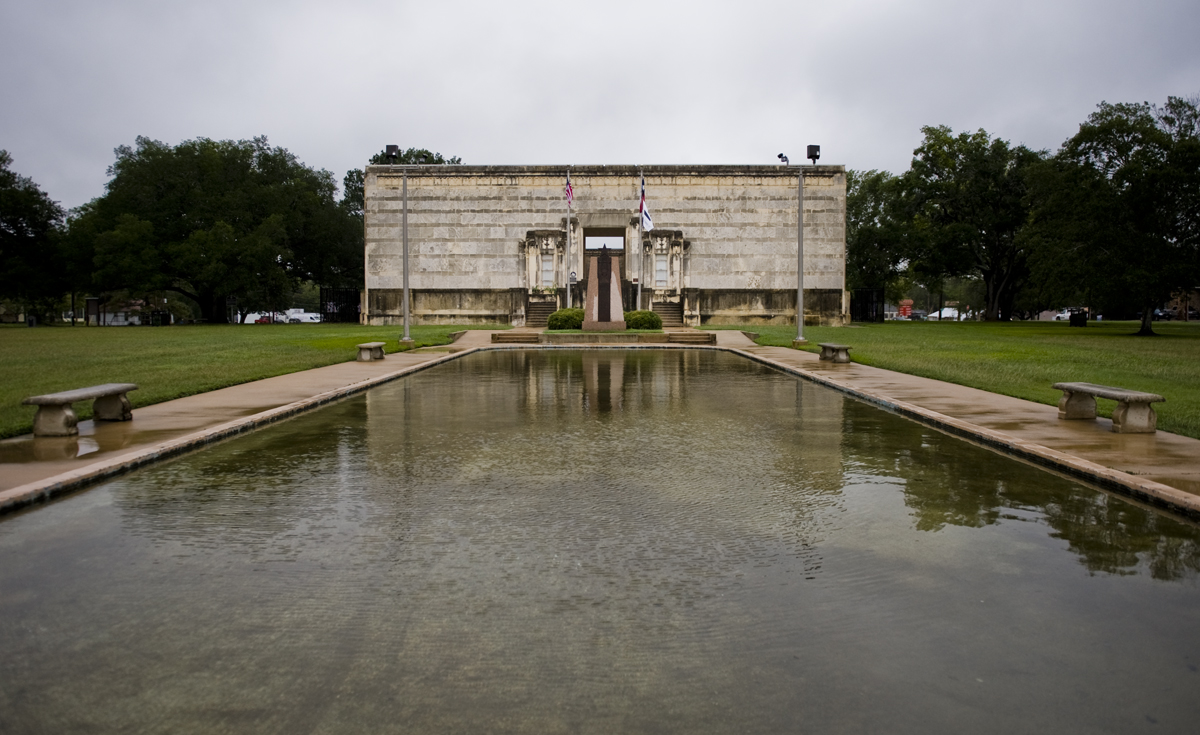
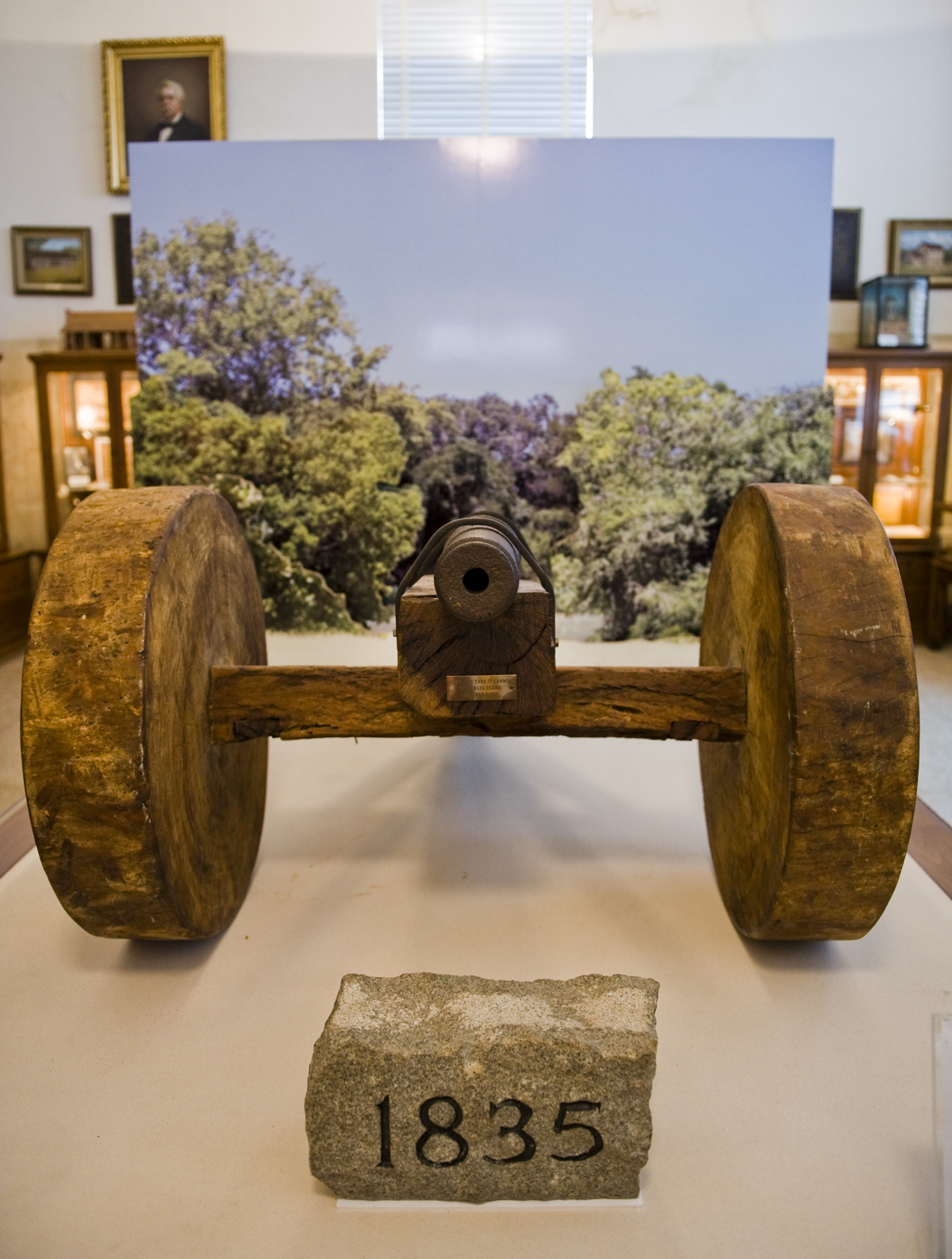
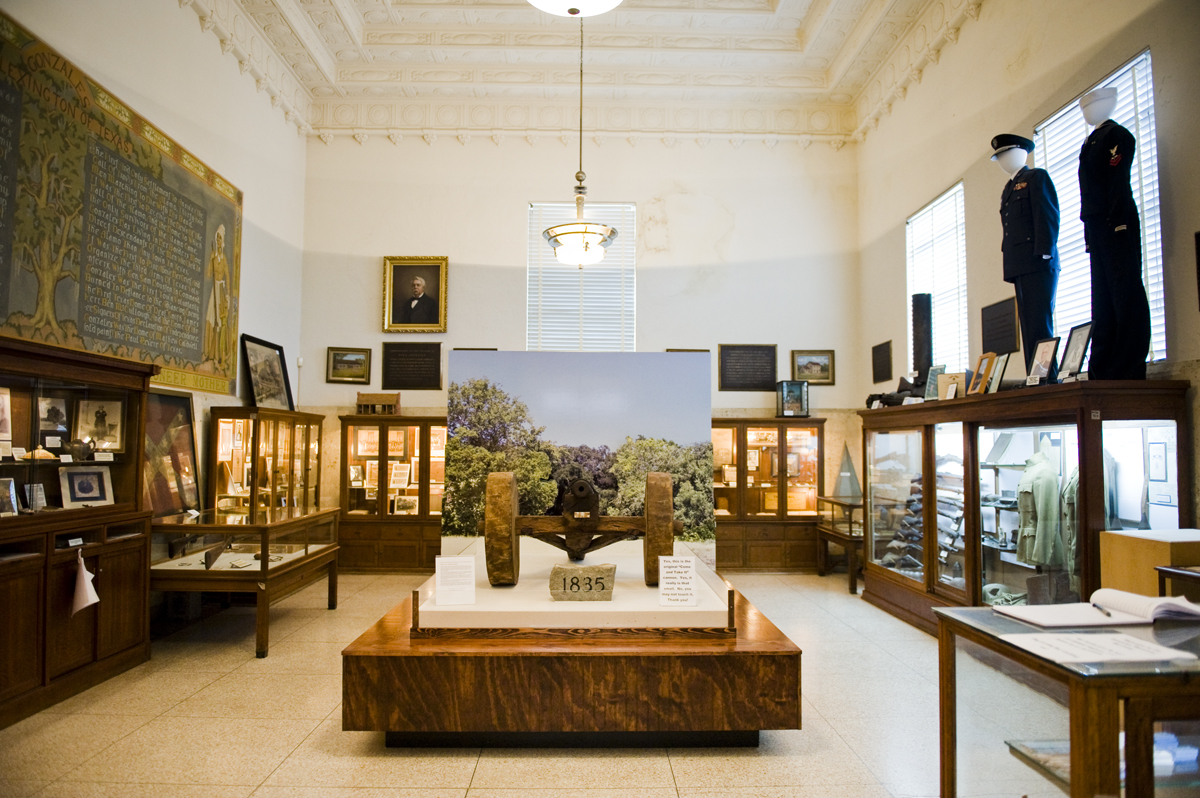
I was holding off on the next stop, hoping the rain would subside, but it was getting late, so I went out to Pioneer Village. It’s a collection of about a dozen or so 19th century buildings that have been gathered in one area of Gonzales to sort of simulate what life was like 100-200 years ago.
I was the only one there, so I had free reign to see whatever I wanted to see. From what I hear, there are sometimes people around the village doing tasks like blacksmithing, making brooms, cooking, and on special occasions they have battle reenactments. The day I was there had very little activity other than the cats they keep around for pest control.
I paid my $5 admission and then I was free to roam. I saw the 175-year-old house… (the floor and roof were replaced recently due to structural problems.)
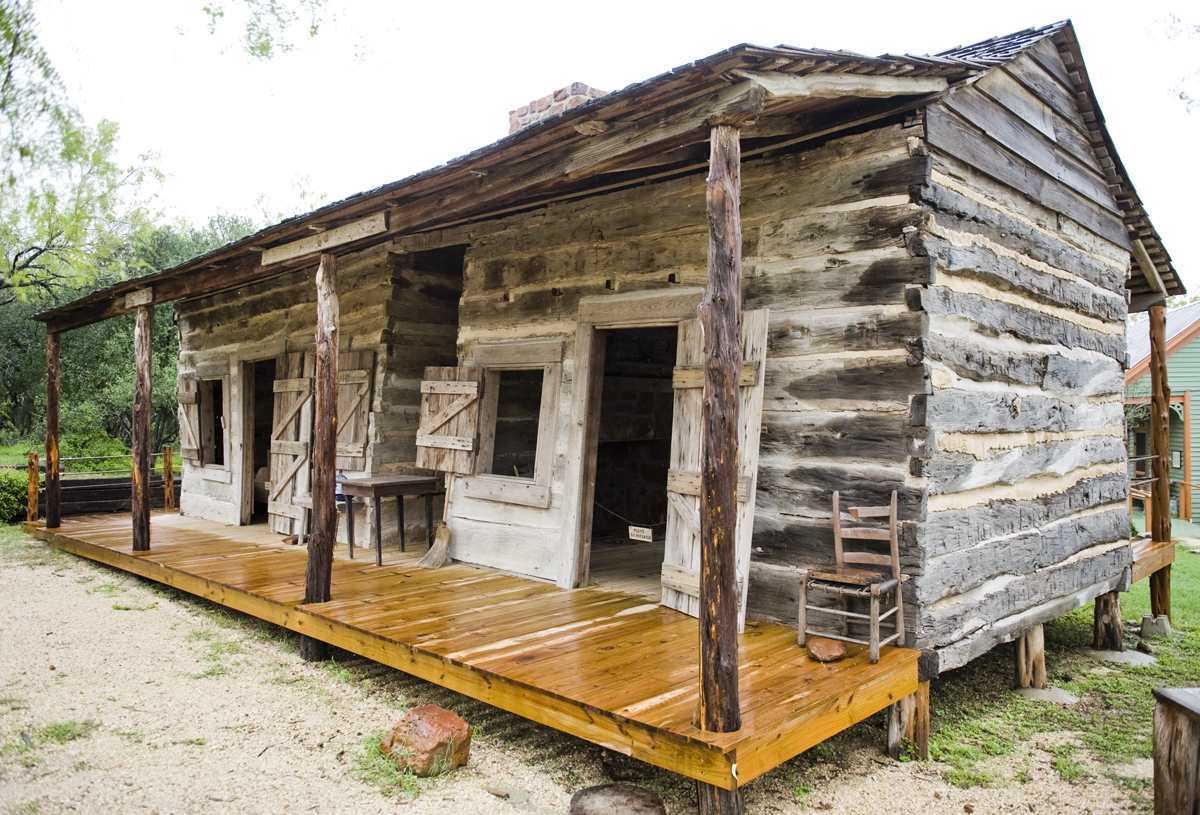
the chapel…
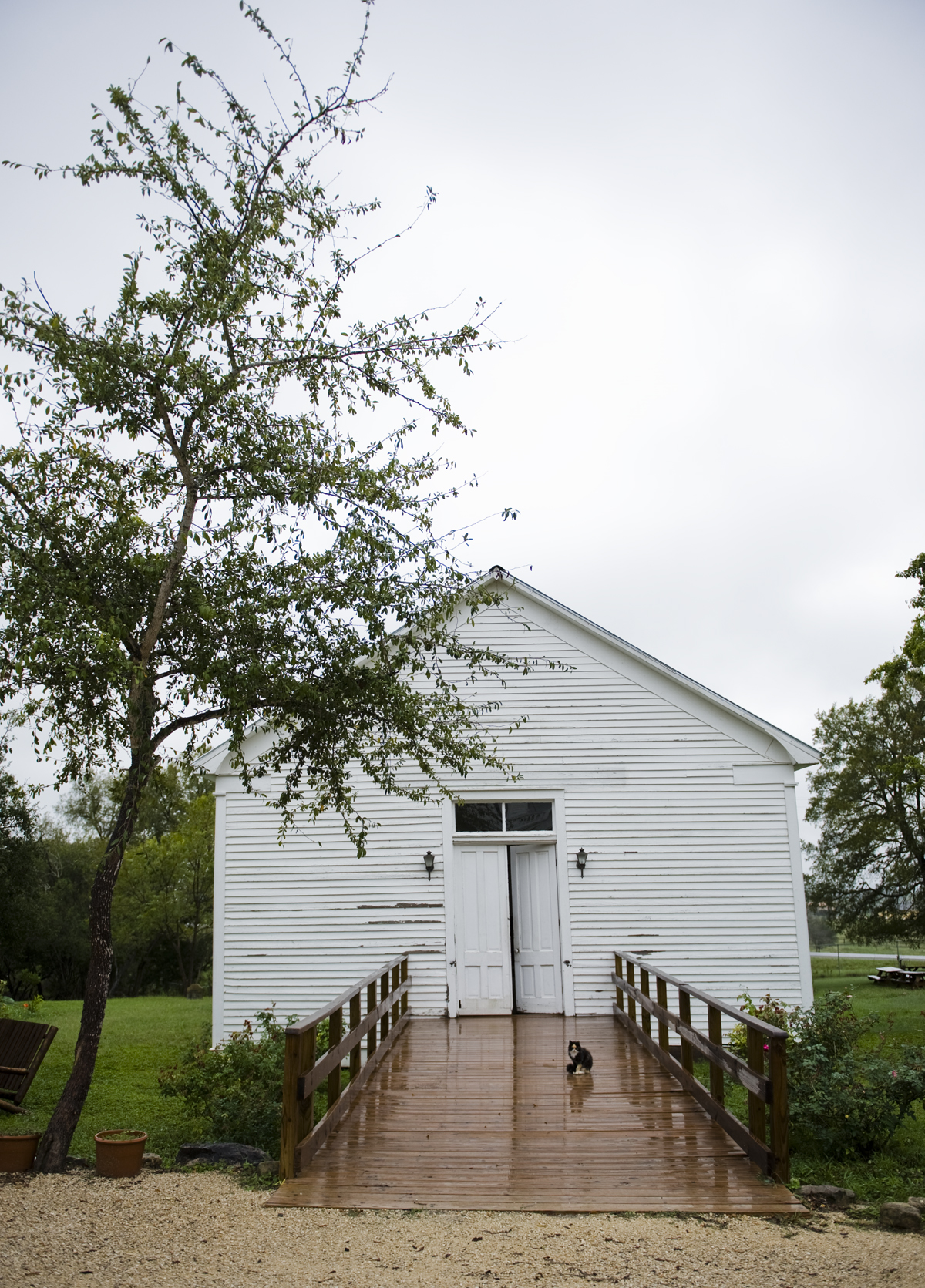
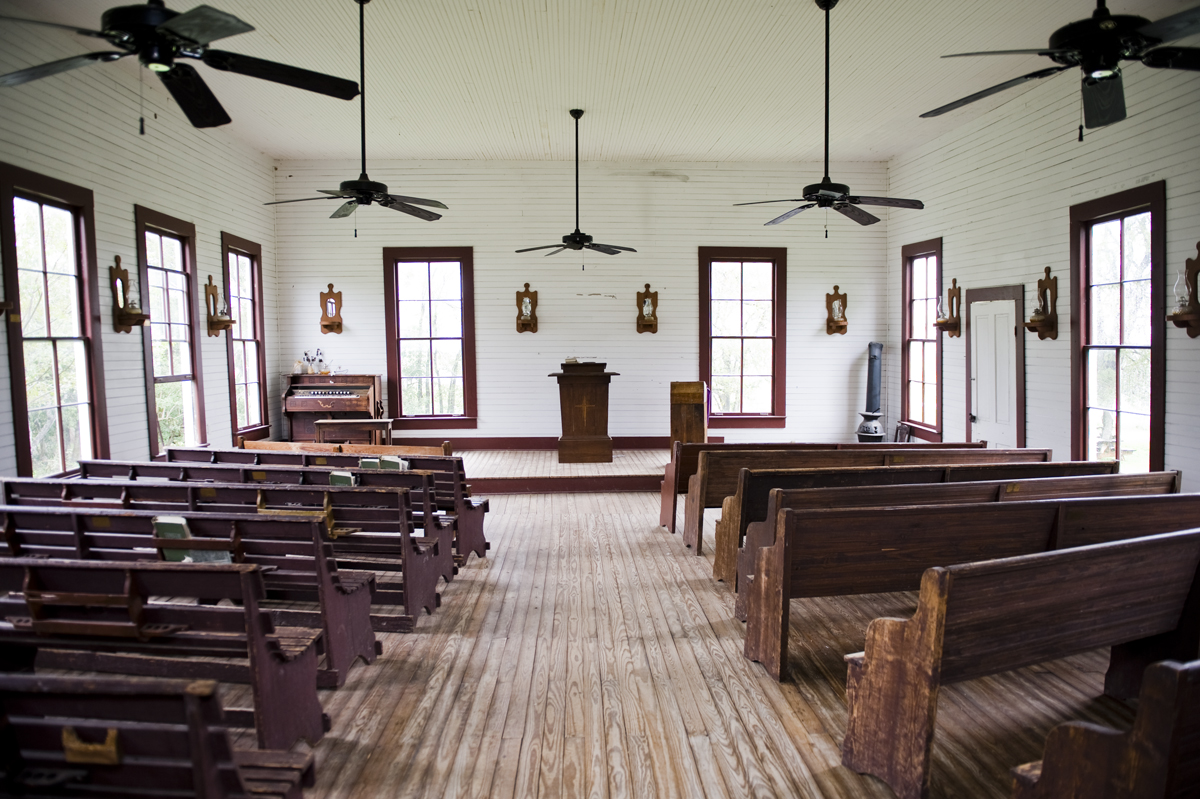
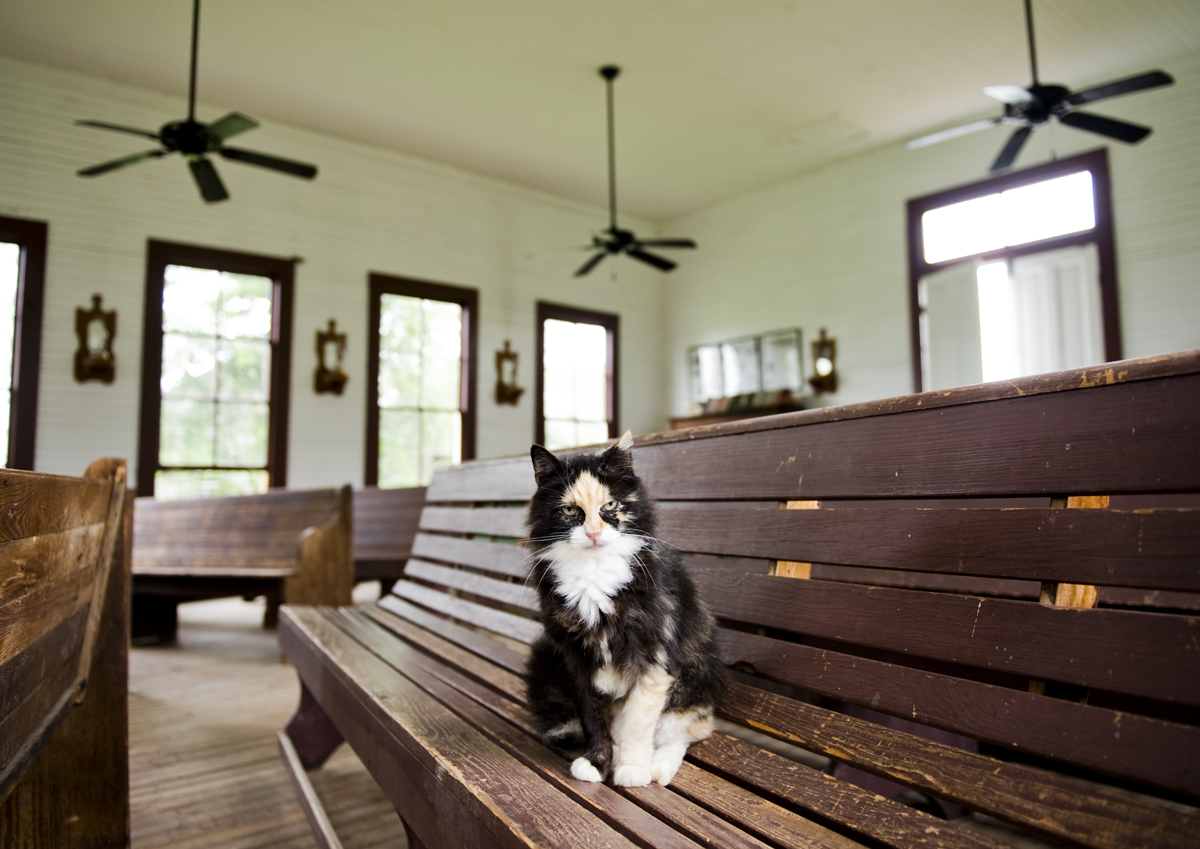
the blacksmith shop…
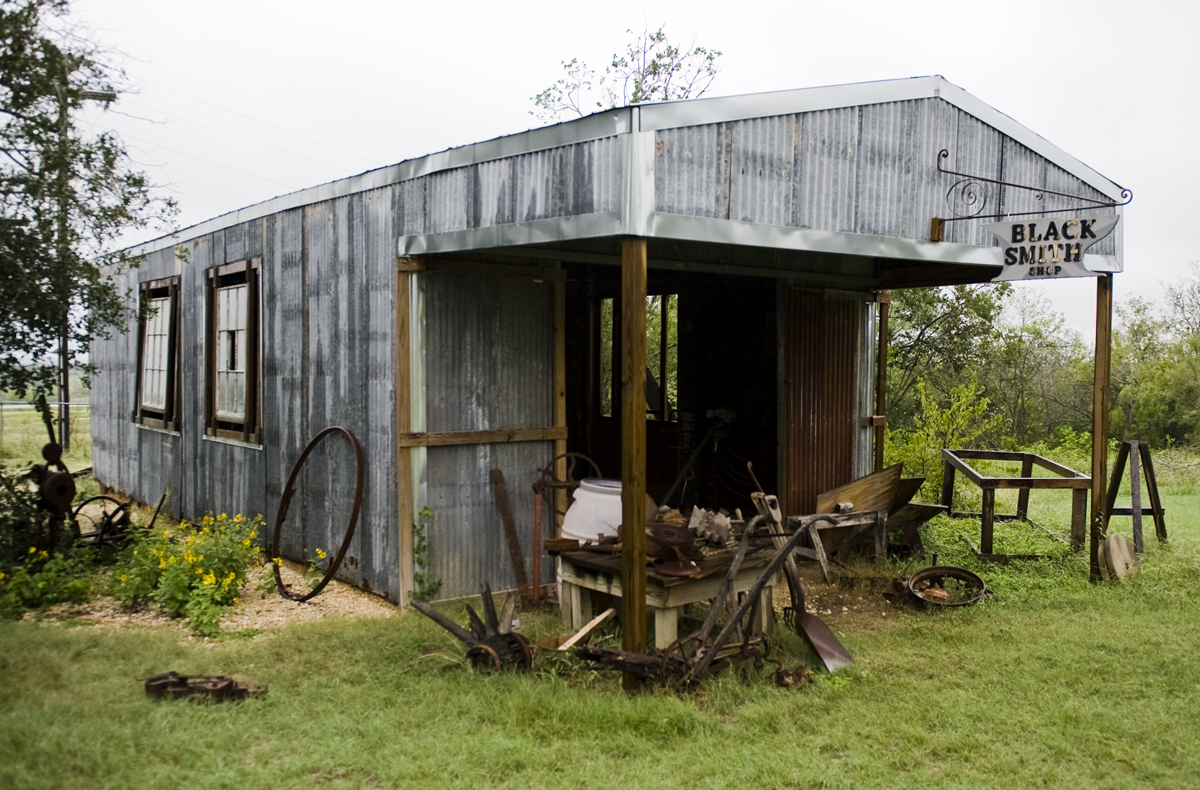
the Muenzler house…
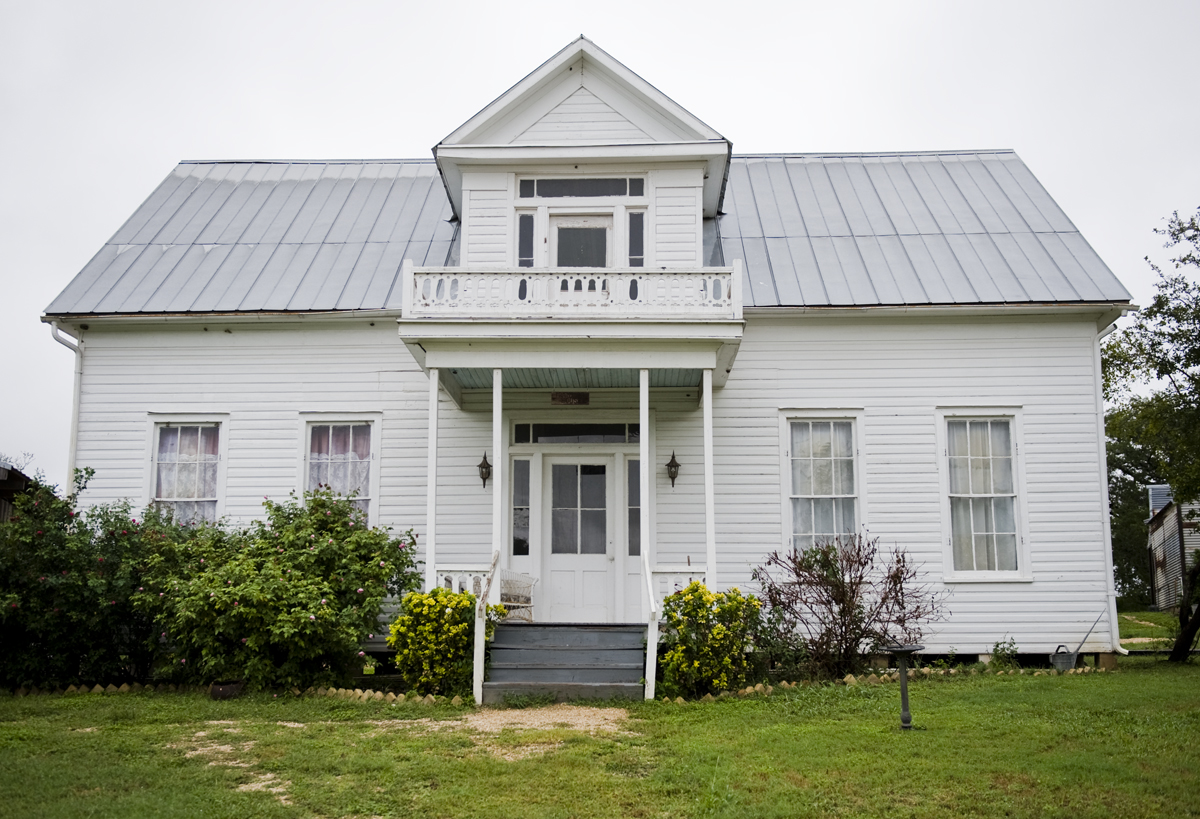
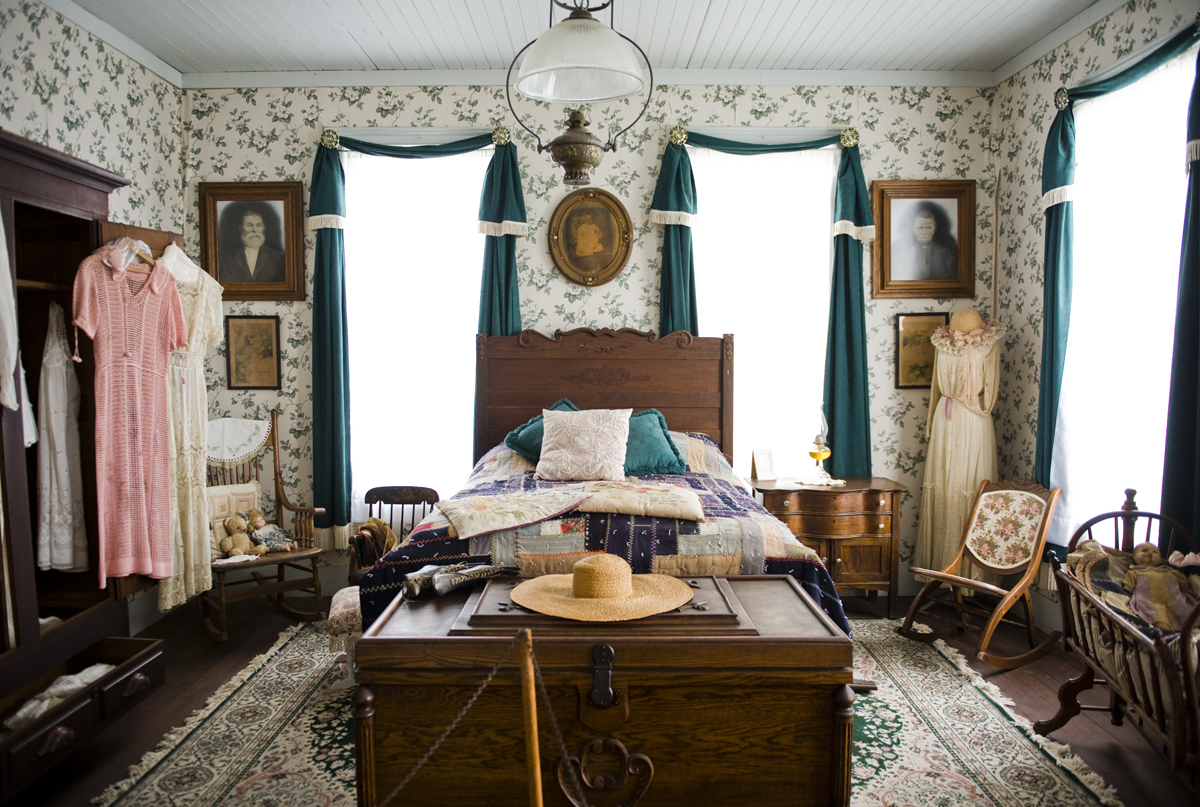
the print shop… (one of my personal favorites)
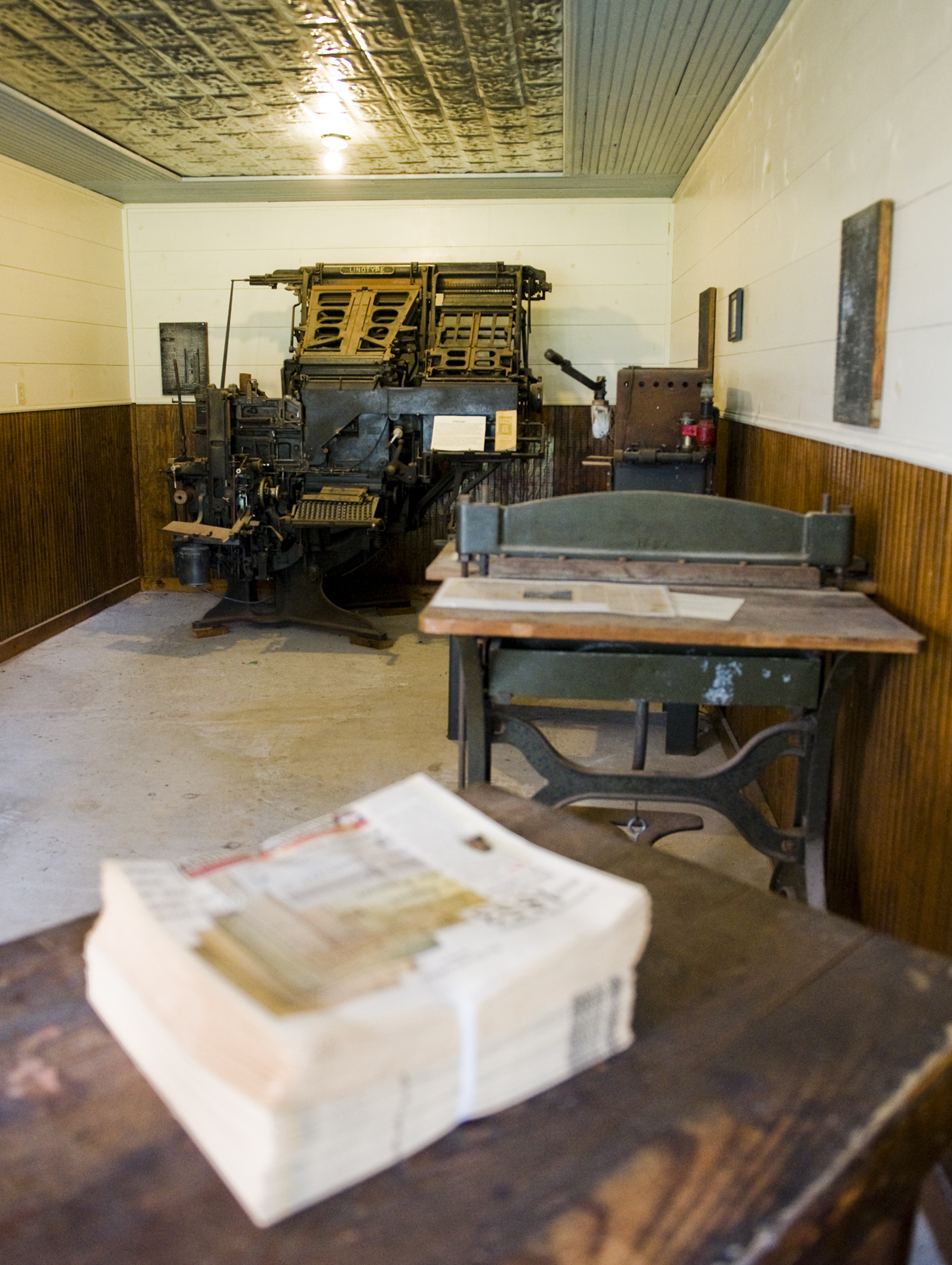
the school house… (which also had a doctor’s office in one corner and a post office in another)
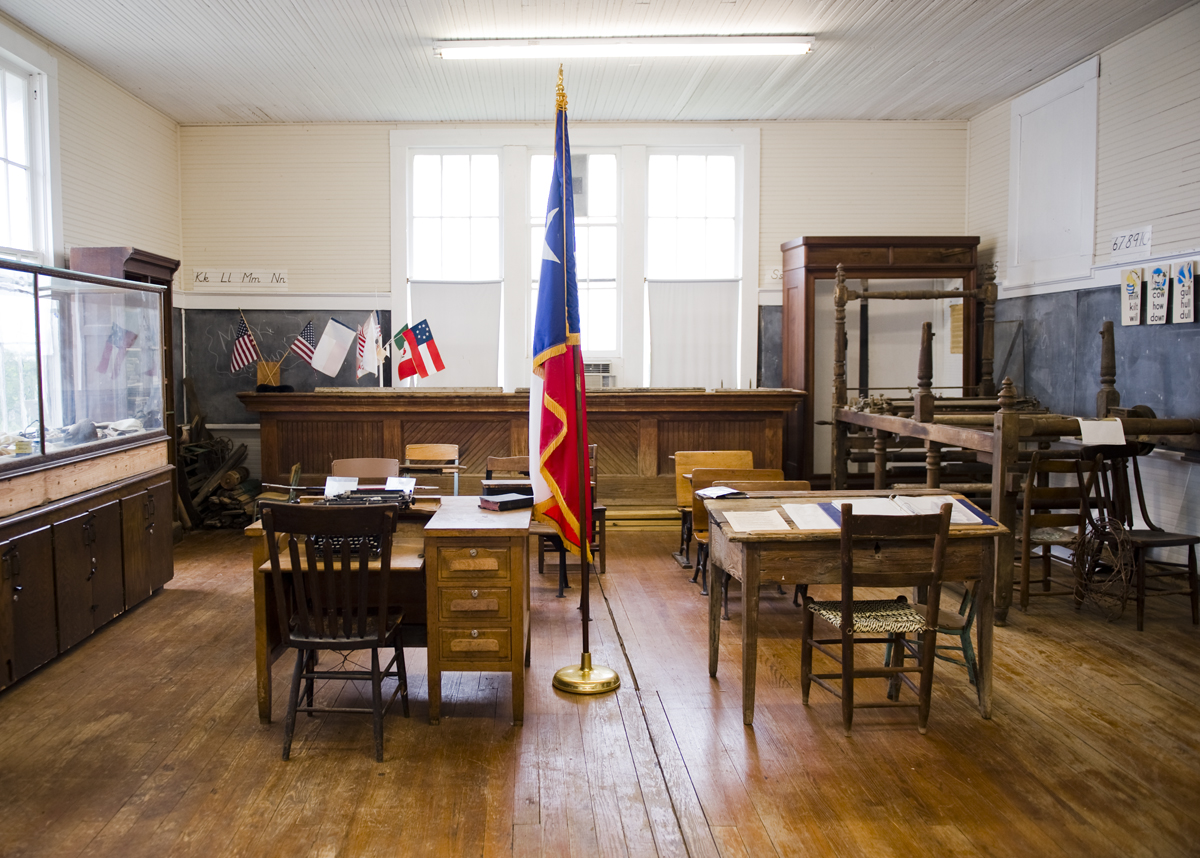
and the Gates house, which was built before 1836.
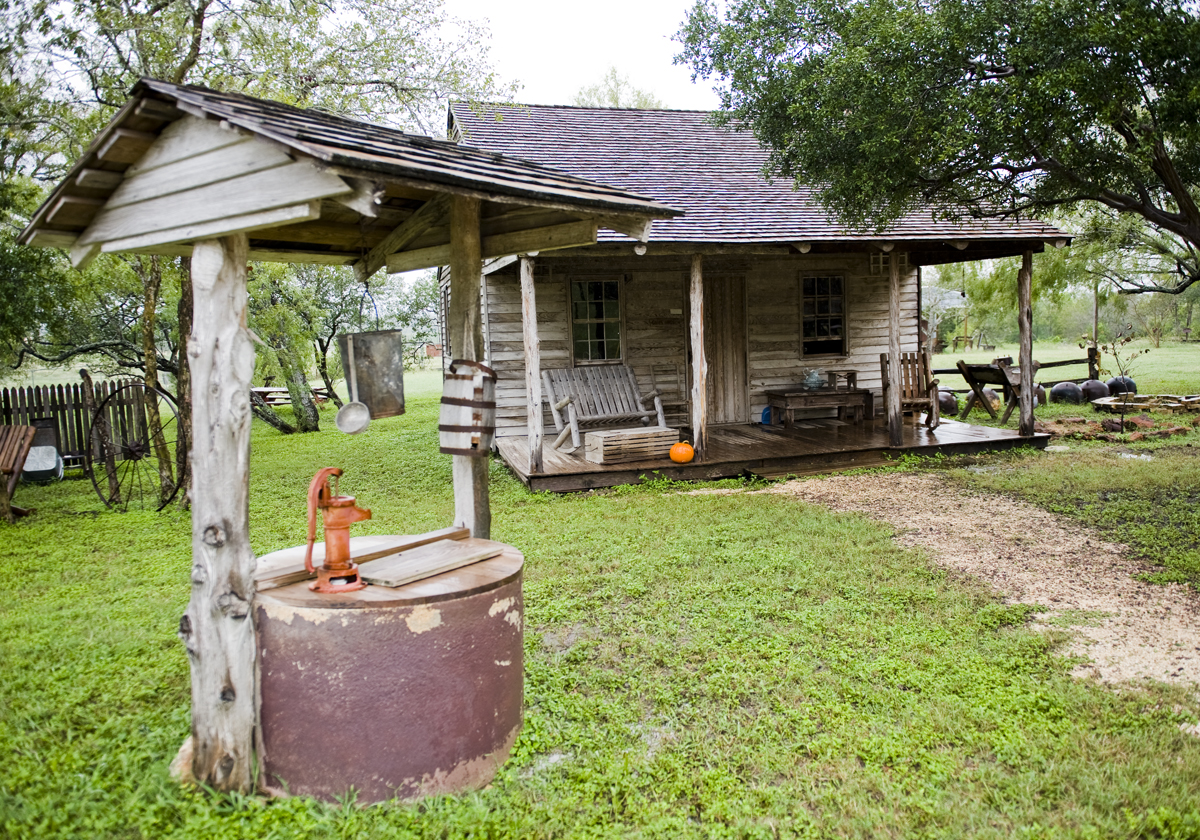
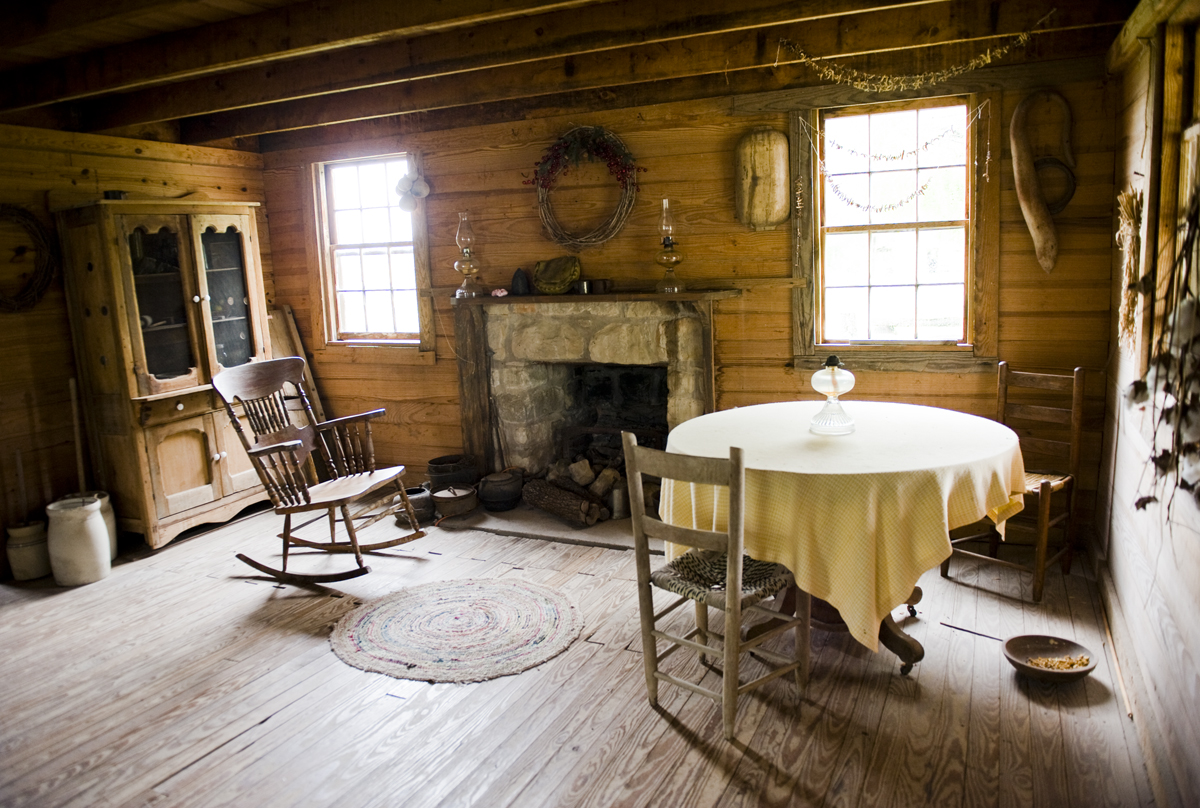
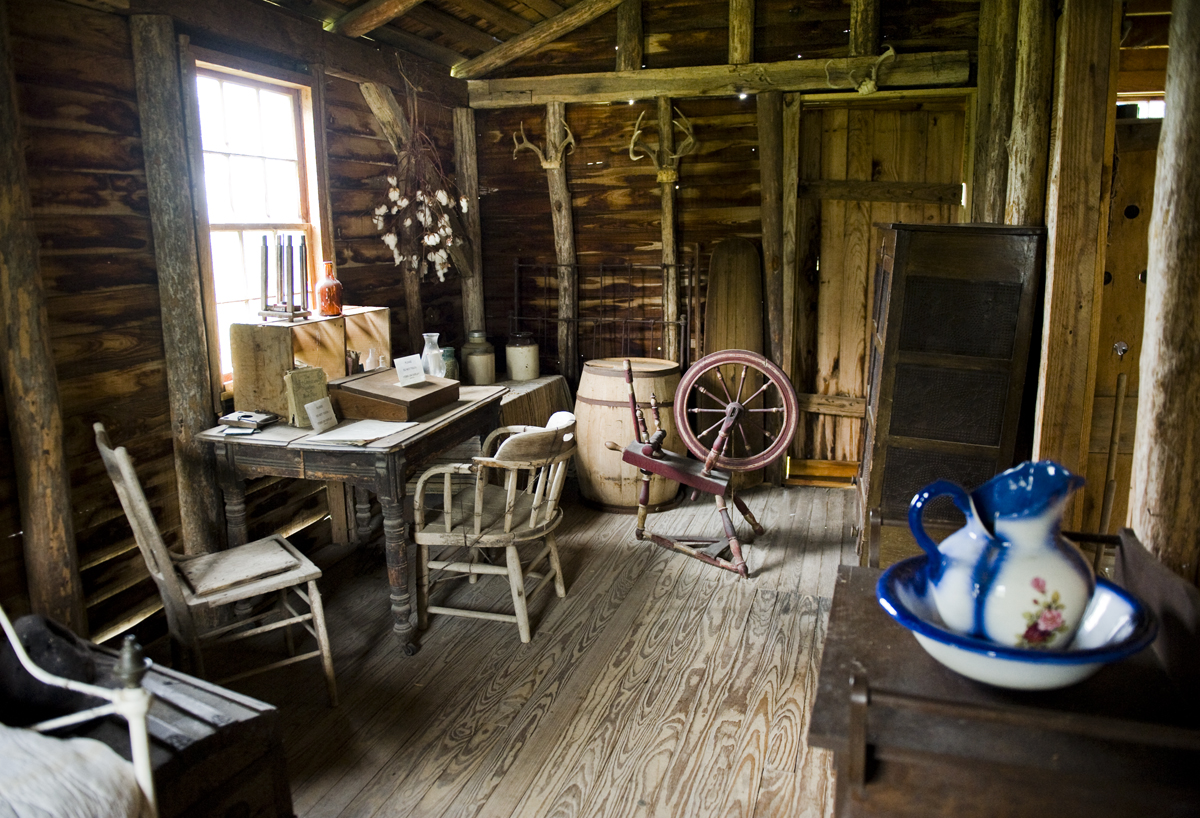
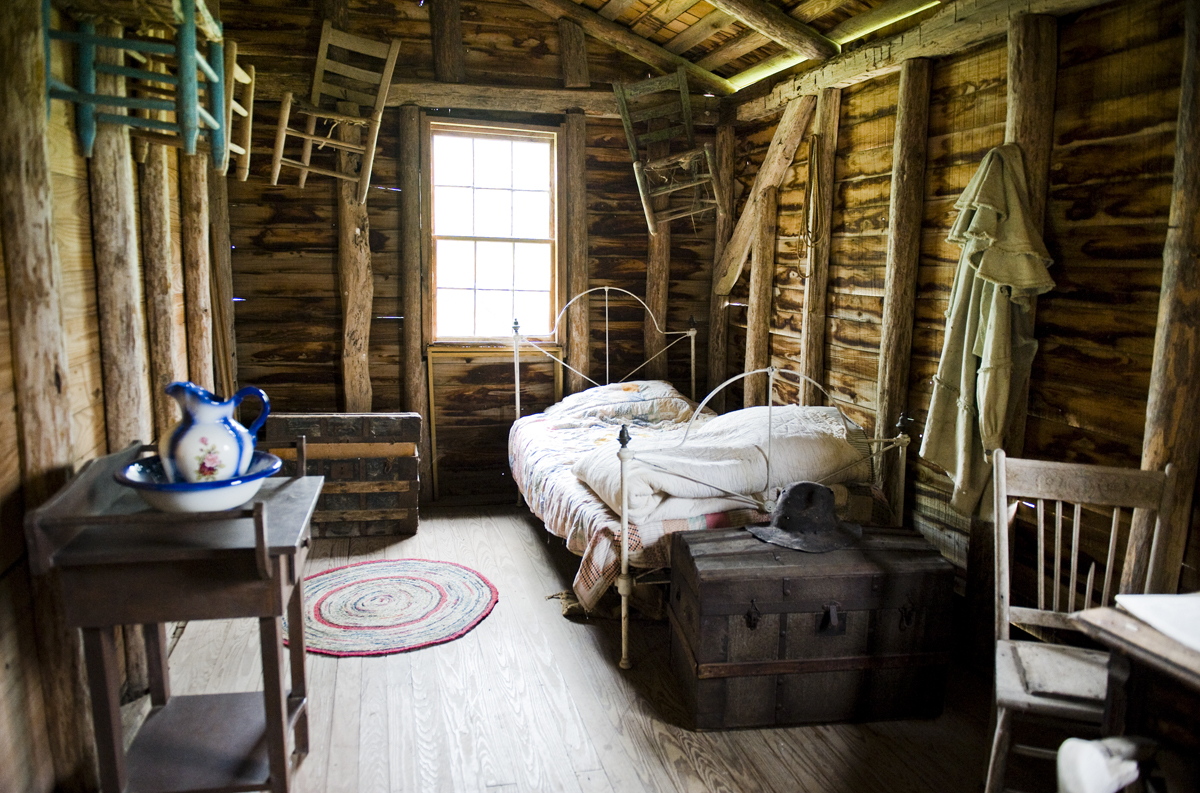
There were other various buildings in various stages of authenticity, but the Gates house stuck with me the most. A note on the door read, “Samuel Hardin Gates built this ranch-style home on land south of Gonzales given to him by the Republic of Texas. Mr. Gates was a gunsmith and helped to organize the participants in the Runaway Scrape in 1836.”
That struck me because I had only learned about the Runaway Scrape that morning when Paul told me about it. Like I said, I’m fairly well-versed in Texas history, but this was somehow left out of my memory.
During the fight for independence, men from Gonzales joined other Texas volunteers at the Alamo and all of them were killed. That left the women and children back home defenseless against Santa Anna and the Mexican army. The women got word that the Alamo had fallen and that Santa Anna was coming, so they gathered their children and very few belongings and fled Gonzales on foot during one of the coldest, wettest springs in history.
They followed what was left of the Texas volunteers, which offered some kind of direction and protection, but the volunteers had horses and other resources that made them faster, safer and more efficient travelers. The women and children crossed the Texas landscape and forged rivers on foot, through mud, snow, disease, attacks by natives and other hazards. Paul told me about a 15-year-old girl who fled on foot when she was 8 months pregnant with twins. She, and I’m sure many other women, gave birth while fleeing.
Eventually they made it to San Jacinto, where General Houston and his army defeated Santa Anna and Texas won it’s independence.
I loved hearing this story because it’s such a testament to the toughness of Texans, especially Texas women. I thought about the Runaway Scrape while I was inside the Gates house, which seemed pretty comfortable inside. I can’t imagine having to leave this house in a hurry to walk hundreds of miles with multiple children and very little else, knowing that if an army caught up to me, I’d be killed. It makes me appreciate my family history even more.
With that thought in my head, I made a few more stops then headed home. There was still so much to do in Gonzales, but my 24 hours were up.
Here are a few links to help you plan your trip:
The Gonzales Chamber of Commerce (general info about the town, history, tourism, etc.)
Tour Gonzales (tourism web site with info on all of the places I visited)
Belle Oaks Inn (the best B&B in town)
Discovery Architectural Antiques (antique store definitely worth going to!!!)
The Tour Gonzales iPhone App (because there really is an app for that!)
6 comments on “GONZALES”
WOW Ashley ,
Great Story ..great photo’s ,I’ll have to make a trip down there to check in out , you should get the key to the city for such a great story ..
JP
Ashley,
Thank you for visiting Gonzales! We are so excited that you enjoyed your stay here! If you ever have any additional questions regarding Gonzales, please feel free to give us a call. I did want to advise you, there is a book called True Women by Janice Woods Windle. There is a lot of historical information about Gonzales and some of the women and children that had to endure the “Run Away Scrape”. I highly recommend it if you enjoy Texas History.
Again, I enjoyed reading about your stay and hope that you will visit Gonzales again soon!
Andra Fridrich
Gonzales Chamber of Commerce
Thanks everyone for the kind words! It’s so nice to hear from people who take pride in their city, state and family!
Pictorials like this make me soo proud to call Gonzales Tx home, and to remember my family at that time!
Thanks for Sharing. Black Adam Zumwalt is my Uncle from way back when. He and his cousin were settlers and were a part of the Runaway Scrape.
Regards,
–NZ Schwabe
1 Pings/Trackbacks for "GONZALES"
[…] what you’ll get. (I’ve been spoiled by the fantastically amazing Belle Oaks Inn in Gonzalez and Spencer House in […]